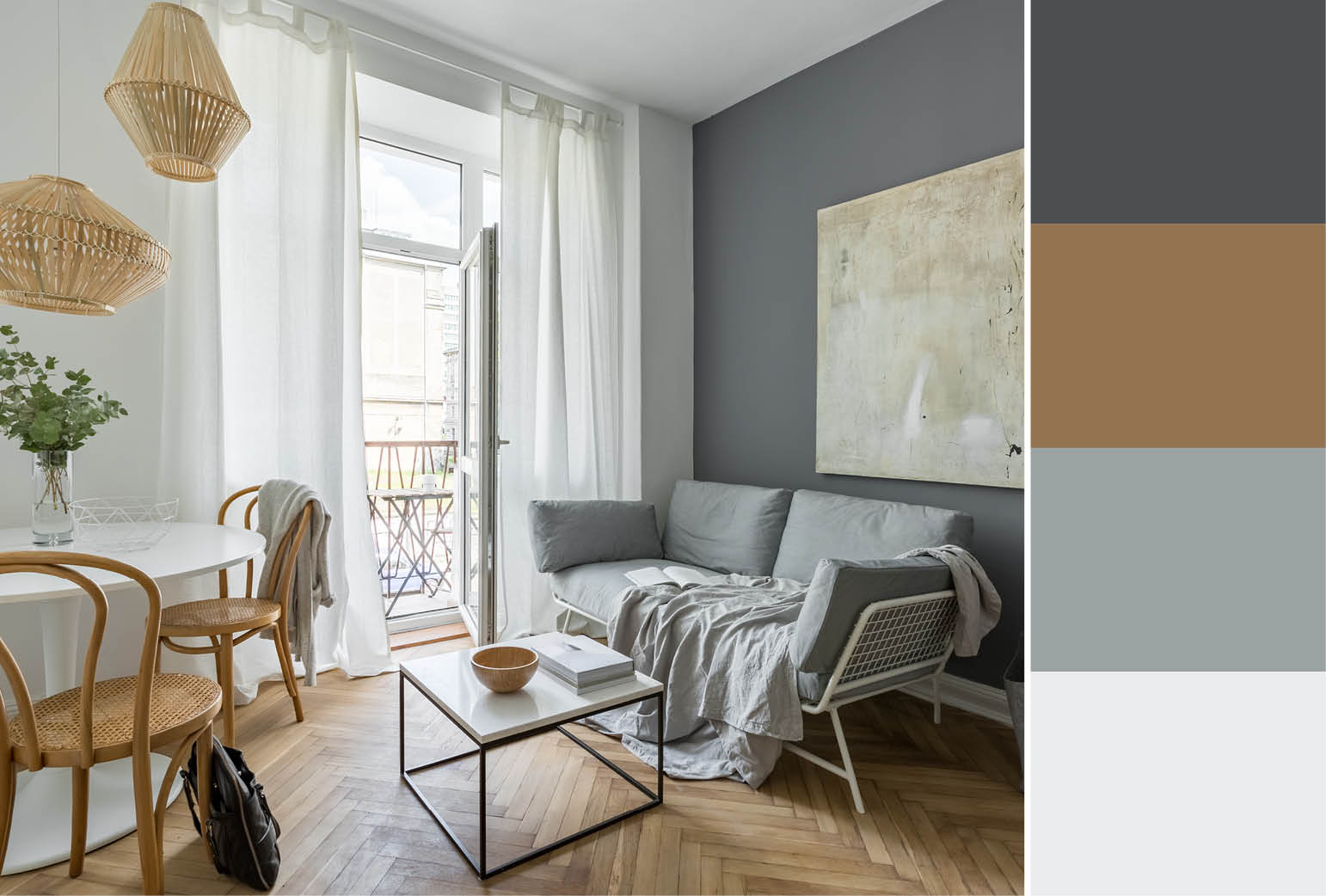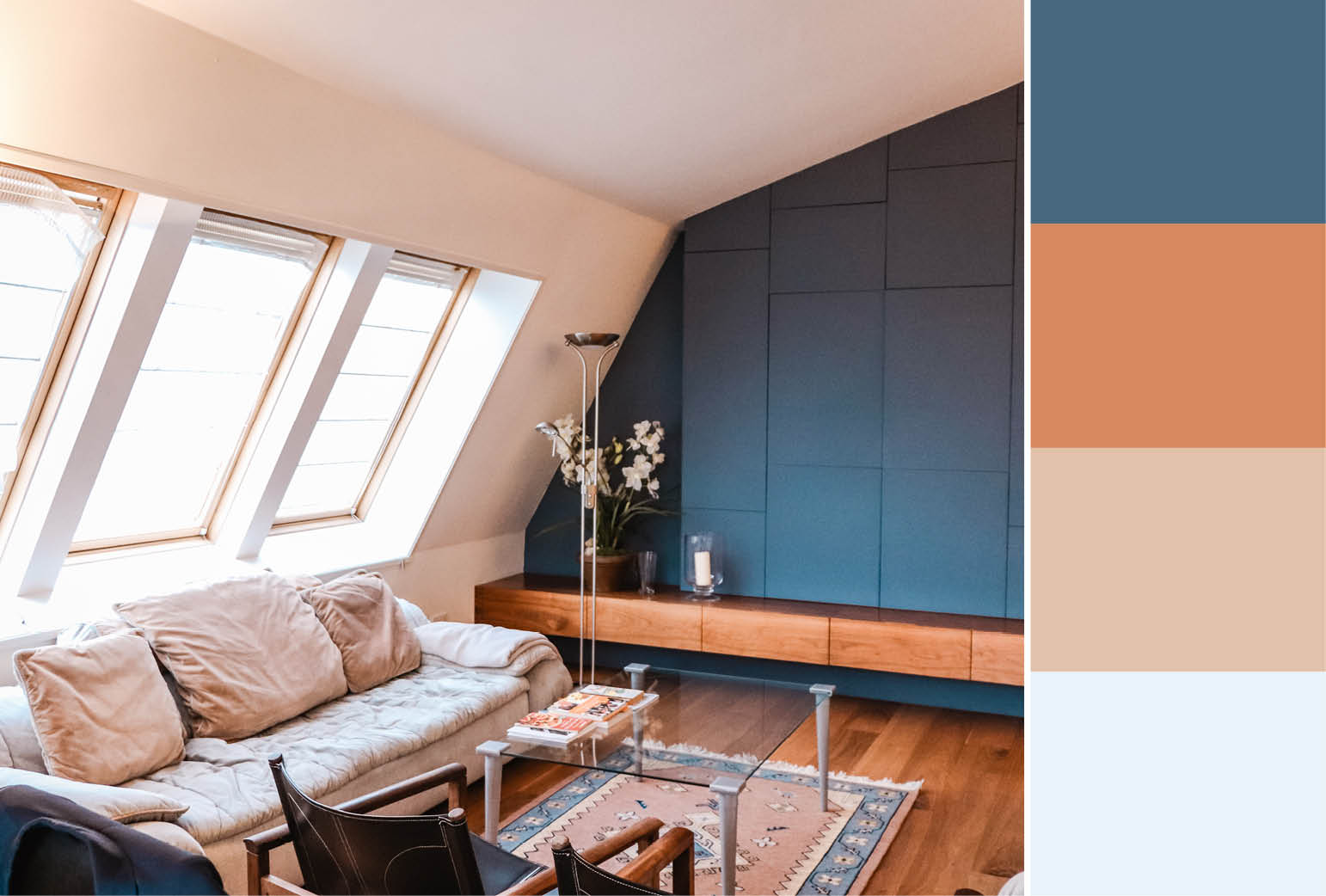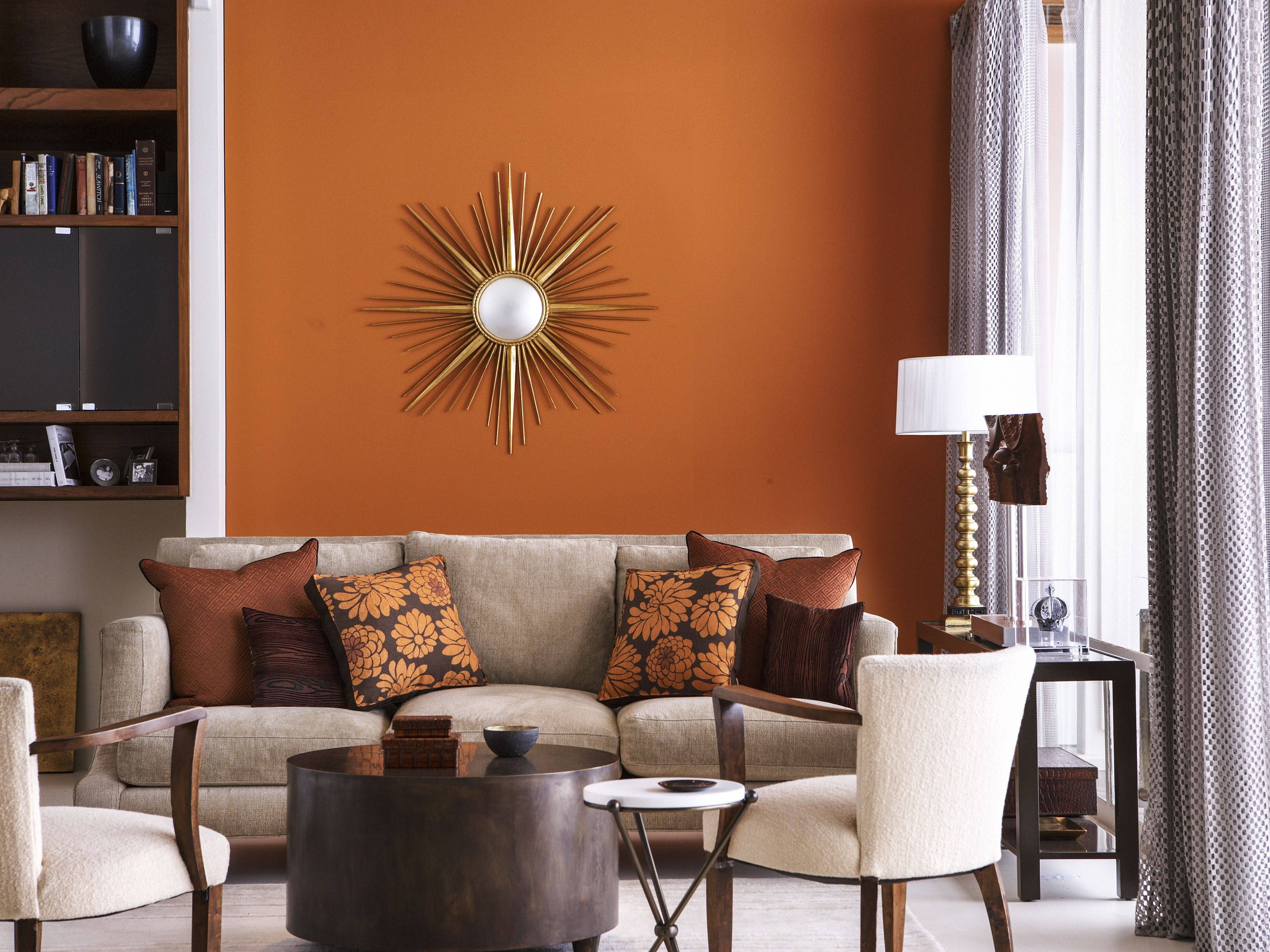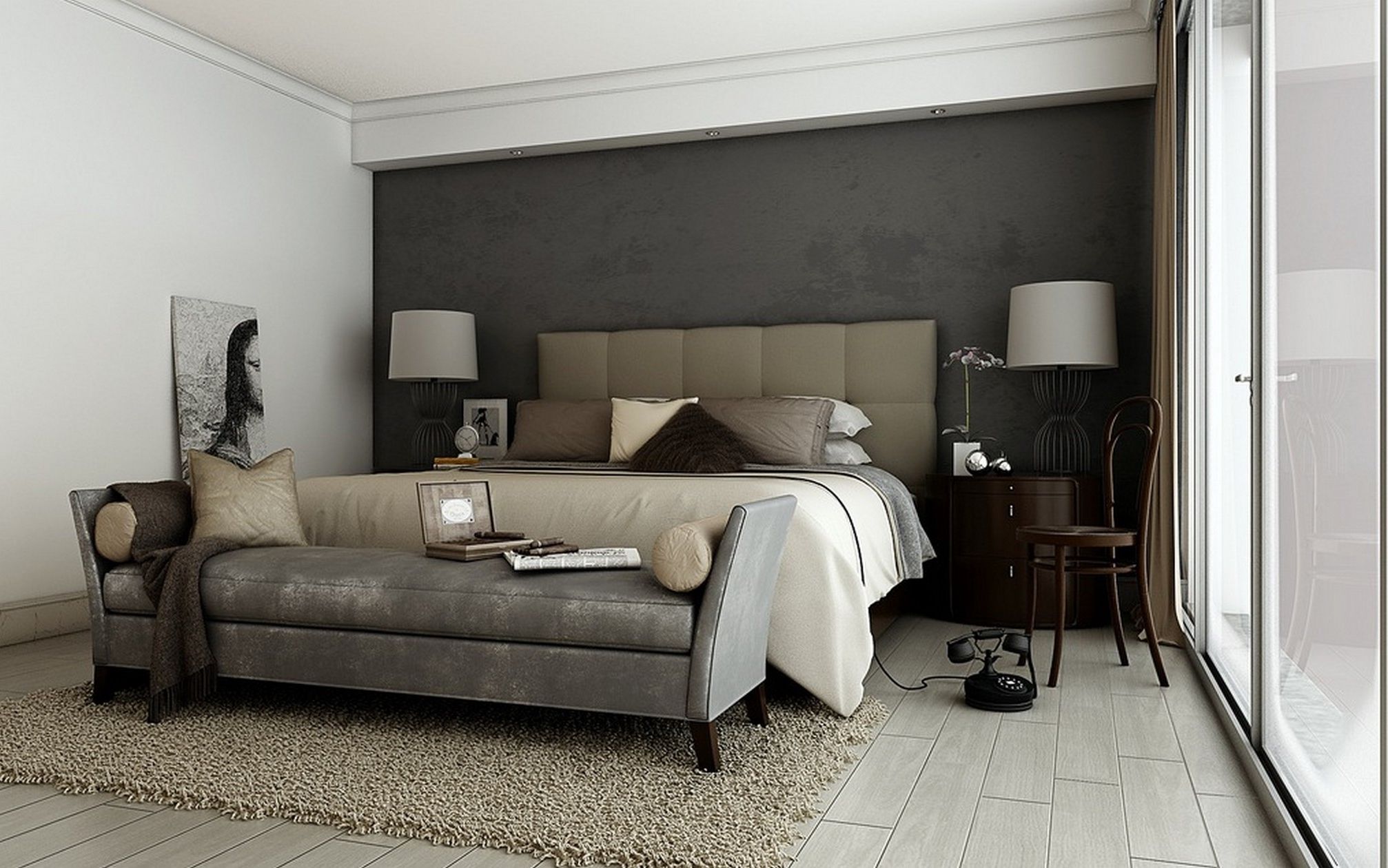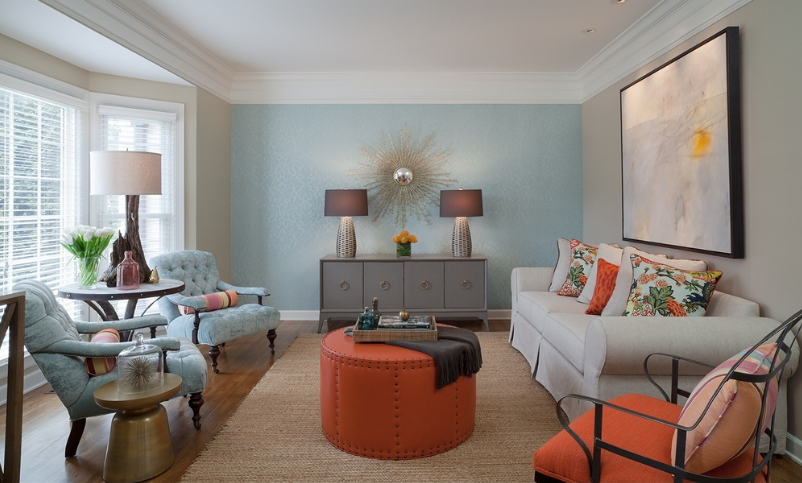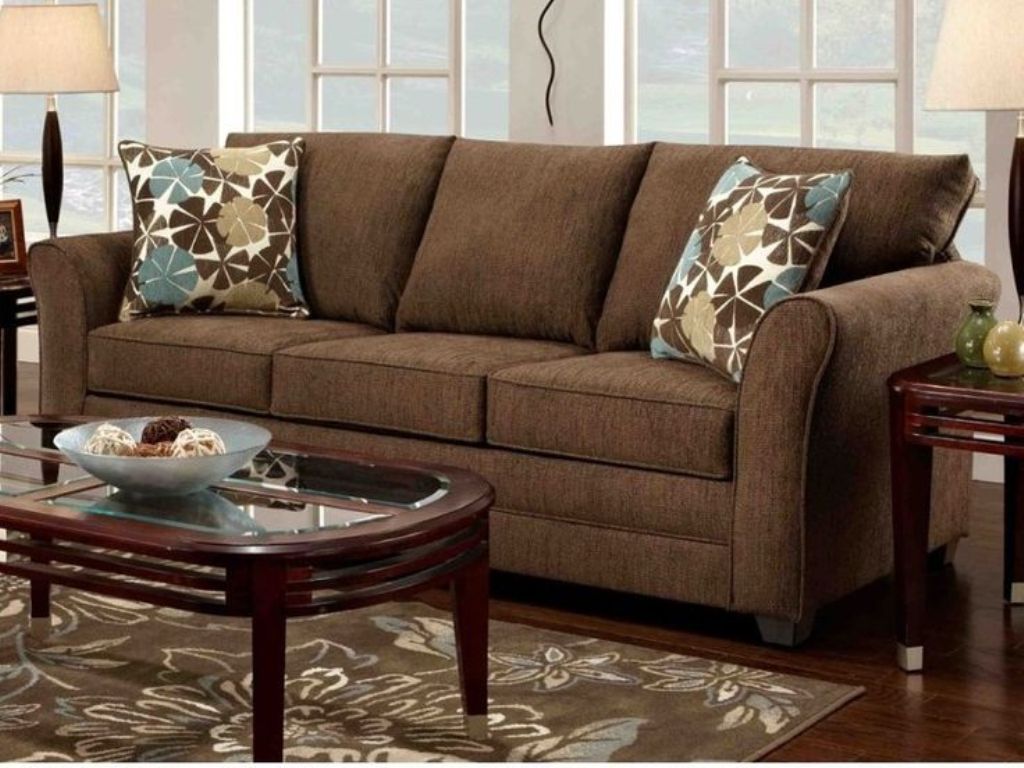Neutral colors are a popular choice for living room decor as they provide a timeless and versatile look. These colors include shades of white, beige, gray, and taupe. They are great for creating a neutral base and can easily be accented with bolder colors. Neutral colors are perfect for those who prefer a minimalist style or want to create a calming and peaceful atmosphere in their living room. They also work well with different design styles, from traditional to modern. For a sophisticated and elegant look, try pairing different shades of neutral colors together in your living room. You can also add texture through different fabrics and materials to prevent the space from feeling flat.Neutral Colors
Warm colors, such as shades of red, orange, and yellow, are known for their energizing and inviting qualities. They can add warmth and vibrancy to a living room, making it feel cozy and welcoming. When using warm colors in your living room, it's important to balance them out with cooler tones to avoid an overwhelming effect. You can do this by incorporating neutral colors or cool accents throughout the space. If you want to make a bold statement in your living room, consider using a warm color as the main accent color and pairing it with neutral furniture and decor. This will create a striking contrast and add visual interest to the room.Warm Colors
Cool colors, such as shades of blue, green, and purple, are known for their calming and soothing qualities. They can make a living room feel serene and relaxing, perfect for unwinding after a long day. Cool colors work well in rooms with a lot of natural light as they can enhance the feeling of openness and freshness. They also pair nicely with warm neutrals for a balanced and harmonious look. For a modern and chic living room, consider using cool colors as the main color scheme and incorporating metallic accents for a touch of glamour.Cool Colors
Earth tones, such as shades of brown, green, and gray, are inspired by nature and can bring a sense of warmth and comfort to a living room. They work well with different design styles, from rustic to contemporary. Earth tones can create a cozy and inviting atmosphere in a living room, making it feel like a retreat from the outside world. They also pair nicely with natural materials like wood and stone for a cohesive and organic look. For a modern twist, try incorporating pops of brighter colors, such as yellow or orange, into an earth tone color palette for a playful and unexpected touch.Earth Tones
A monochromatic color scheme involves using different shades and tones of the same color in a living room. This creates a cohesive and harmonious look while still adding depth and visual interest to the space. A monochromatic color scheme works well with any color, but is especially popular with neutral colors like white, gray, and beige. You can add contrast by using different textures and patterns in the same color family. This color scheme is perfect for those who prefer a subtle and understated look or for small living rooms where using too many different colors can make the space feel cluttered.Monochromatic Color Scheme
A complementary color scheme involves using colors that are opposite each other on the color wheel, such as blue and orange or yellow and purple. This creates a bold and eye-catching look that can add a fun and playful touch to a living room. When using a complementary color scheme, it's important to balance out the boldness with neutral colors and use the complementary colors in small accents rather than overwhelming the space with them. This color scheme is perfect for those who want to add a pop of color to their living room, but still want to maintain a cohesive look.Complementary Color Scheme
An analogous color scheme involves using colors that are next to each other on the color wheel, such as blue and green or orange and red. This creates a harmonious and cohesive look that can add a sense of tranquility to a living room. Analogous colors work well with natural and muted tones and can create a relaxing and calming atmosphere in a living room. They also allow for easy transitions between different rooms with similar color schemes. This color scheme is perfect for those who want a cohesive and calming living room without being too monotonous.Analogous Color Scheme
A triadic color scheme involves using three colors that are evenly spaced on the color wheel, such as red, yellow, and blue. This creates a vibrant and energetic look that can add a sense of playfulness to a living room. When using a triadic color scheme, it's important to choose one dominant color and use the other two as accents to avoid overwhelming the space. You can also incorporate neutral colors to balance out the boldness. This color scheme is perfect for those who want to make a bold statement in their living room and aren't afraid to experiment with color.Triadic Color Scheme
A tetradic color scheme involves using four colors that are evenly spaced on the color wheel, such as blue, green, yellow, and red. This creates a dynamic and visually interesting look that can add a sense of drama to a living room. Tetradic colors work well with different shades of the same color to create a harmonious and balanced look. You can also use one color as the dominant color and the others as accents to create a cohesive color scheme. This color scheme is perfect for those who want to add a bold and dramatic touch to their living room and aren't afraid to mix and match different colors.Tetradic Color Scheme
Accent colors are a great way to add a pop of color and personality to a living room. These are usually bolder colors used in small doses, such as in throw pillows, rugs, or artwork. Accent colors can be used to tie a room together and add visual interest to a neutral color scheme. They can also help to create a focal point in the room and add a personal touch. When choosing accent colors, consider using colors that complement the main color scheme or add a contrasting pop for a more playful look.Accent Colors
Choosing the Right Colours to Decorate Your Living Room

Creating a Welcoming and Inviting Space
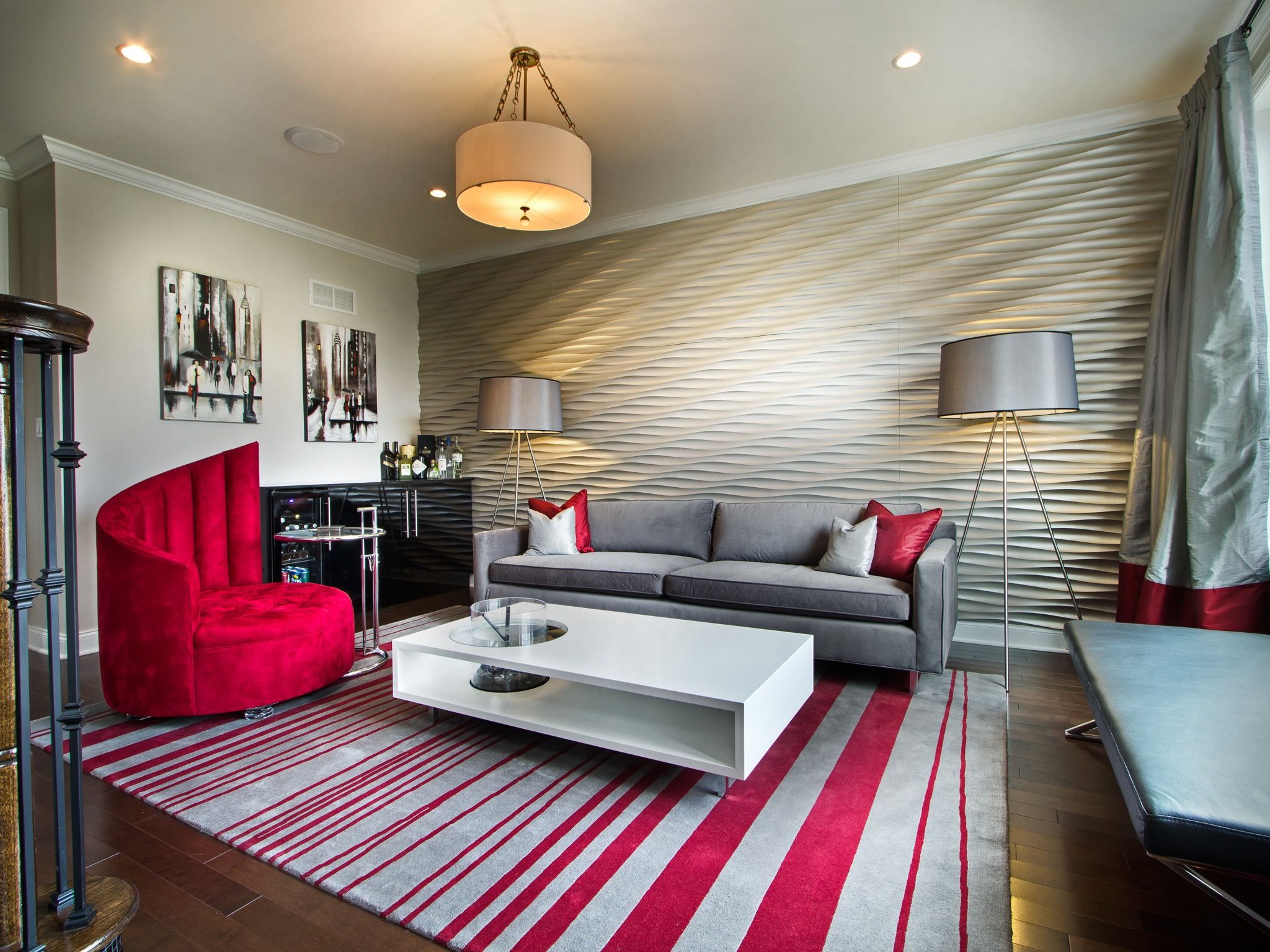 When it comes to decorating a living room, choosing the right colours is crucial in creating a welcoming and inviting space. The living room is often the central gathering place in a house, where friends and family come together to relax and spend quality time. Therefore, it is important to choose colours that not only reflect your personal style, but also create a warm and inviting atmosphere for your guests.
Neutral Colours:
When it comes to the main colour palette for your living room, neutral colours are a safe and popular choice. Shades of white, beige, gray, and taupe are timeless and versatile, making them easy to work with. They also provide a neutral backdrop for incorporating pops of colour through accent pieces such as throw pillows, rugs, and artwork. Furthermore, neutral colours create a sense of calm and balance, making them perfect for a living room where relaxation is key.
Warm and Cozy Hues:
If you want to add a touch of warmth and coziness to your living room, consider incorporating warm colours such as reds, oranges, and yellows. These colours are known to evoke feelings of happiness and energy, making them perfect for a space where you want to create a lively and cheerful atmosphere. However, be mindful of using these colours in moderation as they can be overwhelming if used too much.
Cool and Serene Tones:
On the other hand, if you want to create a calming and serene living room, opt for cool colours such as blues, greens, and purples. These colours are known to have a calming effect and can make a space feel more spacious and airy. They are also great for creating a sense of harmony and balance in a room. Just like warm colours, use cool tones in moderation to avoid creating a cold and unwelcoming atmosphere.
When it comes to decorating a living room, choosing the right colours is crucial in creating a welcoming and inviting space. The living room is often the central gathering place in a house, where friends and family come together to relax and spend quality time. Therefore, it is important to choose colours that not only reflect your personal style, but also create a warm and inviting atmosphere for your guests.
Neutral Colours:
When it comes to the main colour palette for your living room, neutral colours are a safe and popular choice. Shades of white, beige, gray, and taupe are timeless and versatile, making them easy to work with. They also provide a neutral backdrop for incorporating pops of colour through accent pieces such as throw pillows, rugs, and artwork. Furthermore, neutral colours create a sense of calm and balance, making them perfect for a living room where relaxation is key.
Warm and Cozy Hues:
If you want to add a touch of warmth and coziness to your living room, consider incorporating warm colours such as reds, oranges, and yellows. These colours are known to evoke feelings of happiness and energy, making them perfect for a space where you want to create a lively and cheerful atmosphere. However, be mindful of using these colours in moderation as they can be overwhelming if used too much.
Cool and Serene Tones:
On the other hand, if you want to create a calming and serene living room, opt for cool colours such as blues, greens, and purples. These colours are known to have a calming effect and can make a space feel more spacious and airy. They are also great for creating a sense of harmony and balance in a room. Just like warm colours, use cool tones in moderation to avoid creating a cold and unwelcoming atmosphere.
Consider Your Furniture and Lighting
:max_bytes(150000):strip_icc()/beautiful-living-room-interior-with-colorful-area-rug--large-couch--and-abundant-natural-light-1210163723-a6f8f523c80a41b3a1272de88db0cc21.jpg) When choosing colours for your living room, it is important to consider your existing furniture and lighting. If you have dark or bold furniture, it is best to choose lighter and more neutral colours for your walls and decor. This will help balance out the space and prevent it from feeling too heavy. Similarly, if your living room receives a lot of natural light, you can experiment with darker and bolder colours as they will not make the space feel too dark.
In conclusion,
choosing the right colours for your living room
is essential in creating a space that is both functional and aesthetically pleasing. Neutral colours provide a safe and versatile base, while warm and cool tones can add a touch of personality and atmosphere. Consider your furniture and lighting when making colour choices, and don't be afraid to experiment and have fun with different shades and hues. With these tips in mind, you can create a living room that reflects your personal style and makes your guests feel right at home.
When choosing colours for your living room, it is important to consider your existing furniture and lighting. If you have dark or bold furniture, it is best to choose lighter and more neutral colours for your walls and decor. This will help balance out the space and prevent it from feeling too heavy. Similarly, if your living room receives a lot of natural light, you can experiment with darker and bolder colours as they will not make the space feel too dark.
In conclusion,
choosing the right colours for your living room
is essential in creating a space that is both functional and aesthetically pleasing. Neutral colours provide a safe and versatile base, while warm and cool tones can add a touch of personality and atmosphere. Consider your furniture and lighting when making colour choices, and don't be afraid to experiment and have fun with different shades and hues. With these tips in mind, you can create a living room that reflects your personal style and makes your guests feel right at home.



:max_bytes(150000):strip_icc()/what-is-a-neutral-color-1973822-03-3fab8b5a361d49638d3de1cbaf579a22.jpg)
/Lee-Edwards-Getty-Images-56a5ae653df78cf7728968ec.jpg)
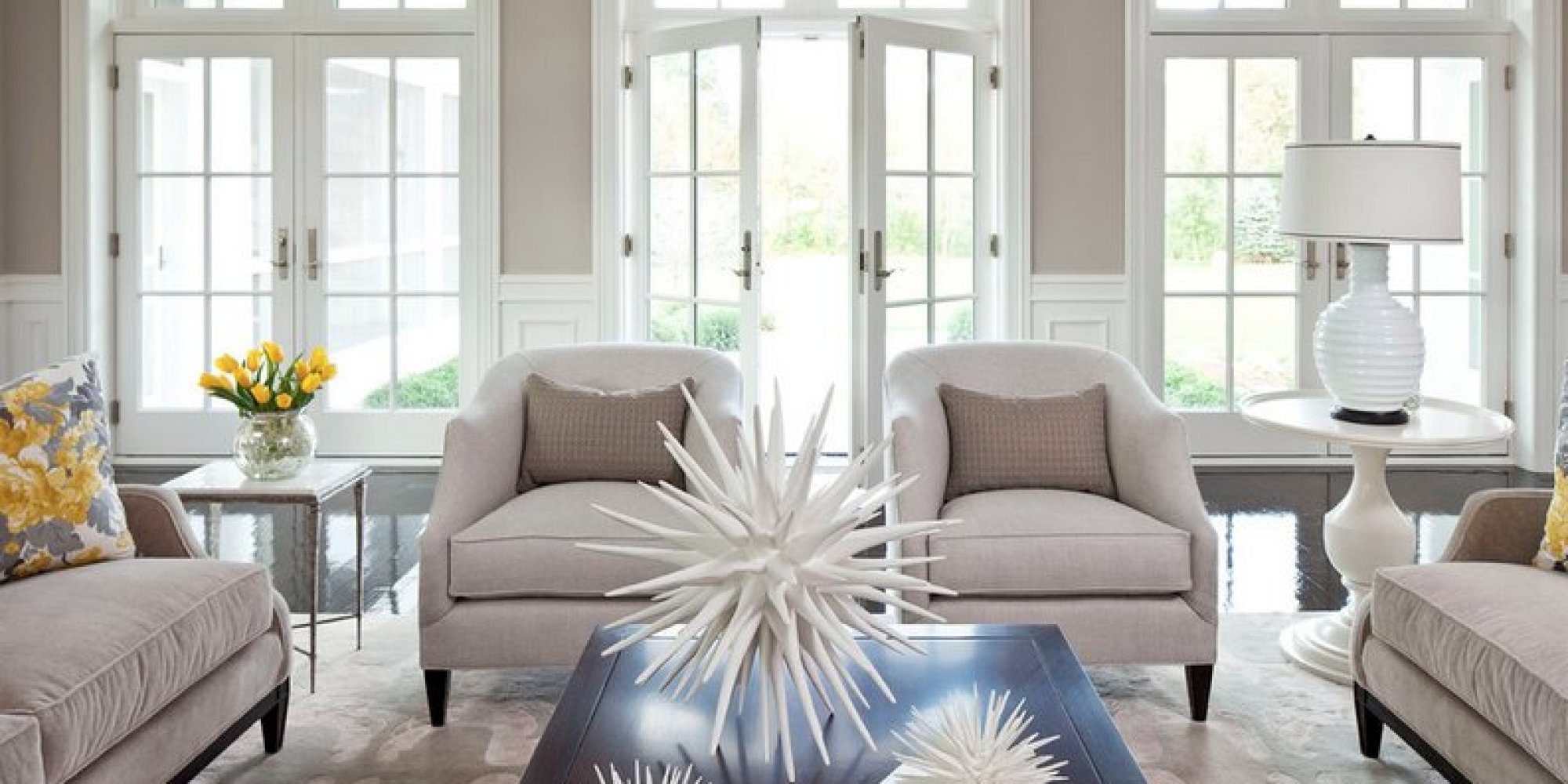

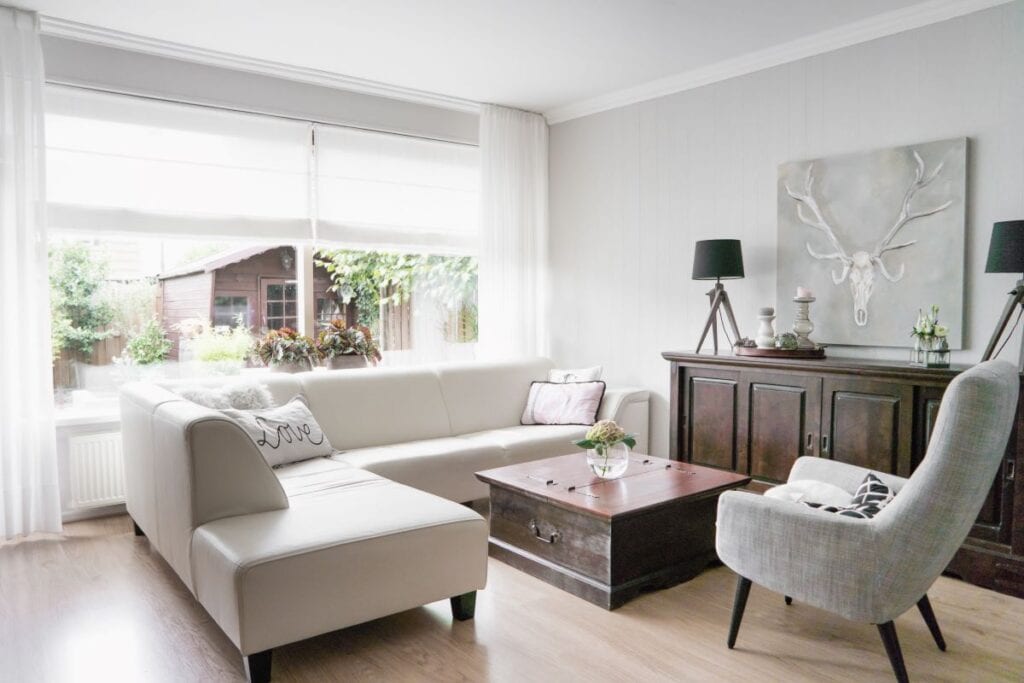
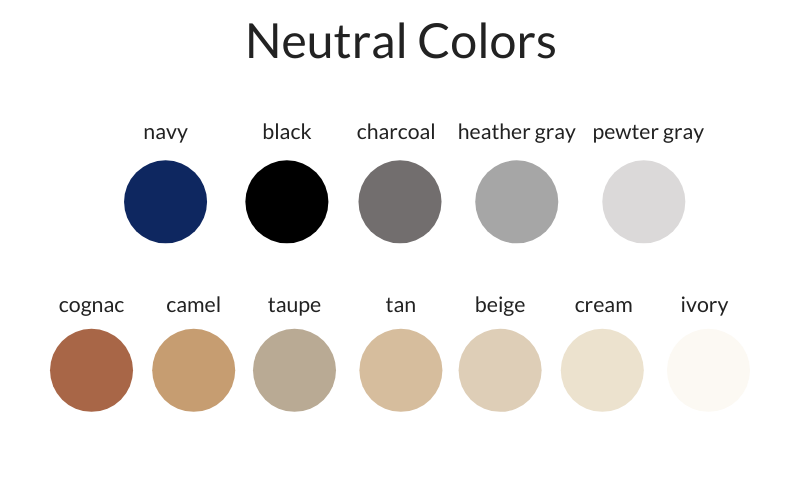
/clark_Kensington_neutrals-57db7f2e5f9b5865164b7baa.png)





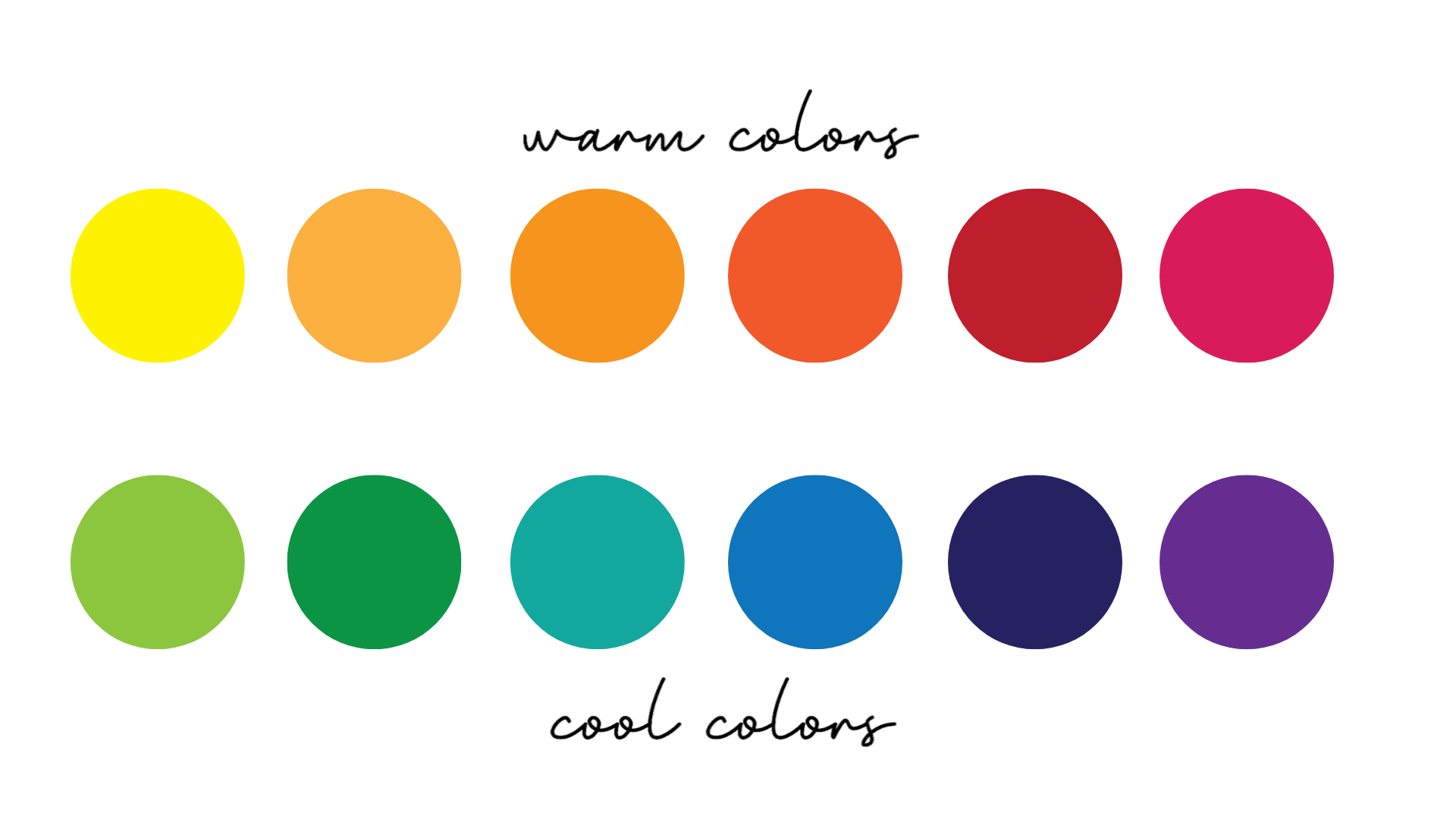
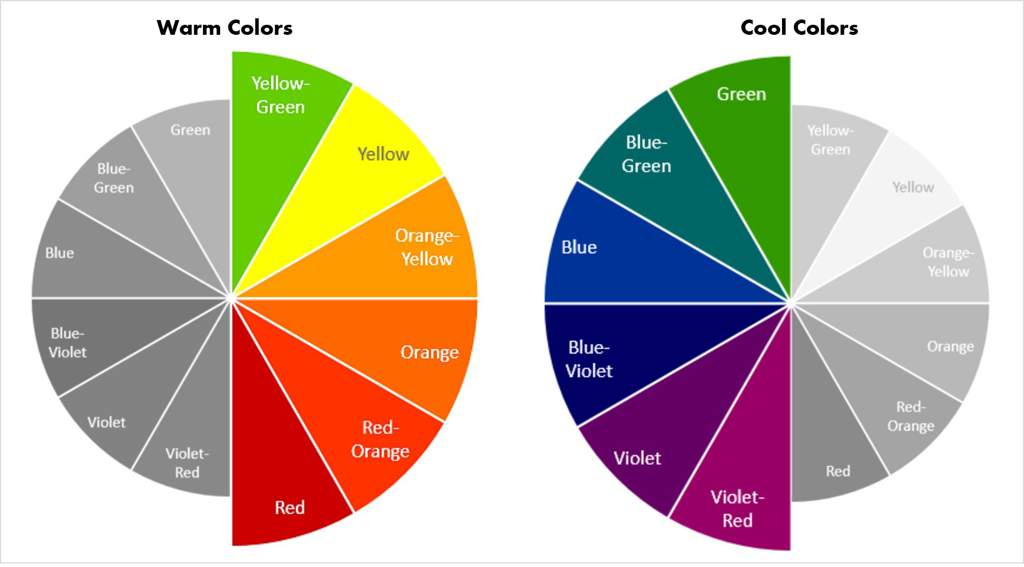













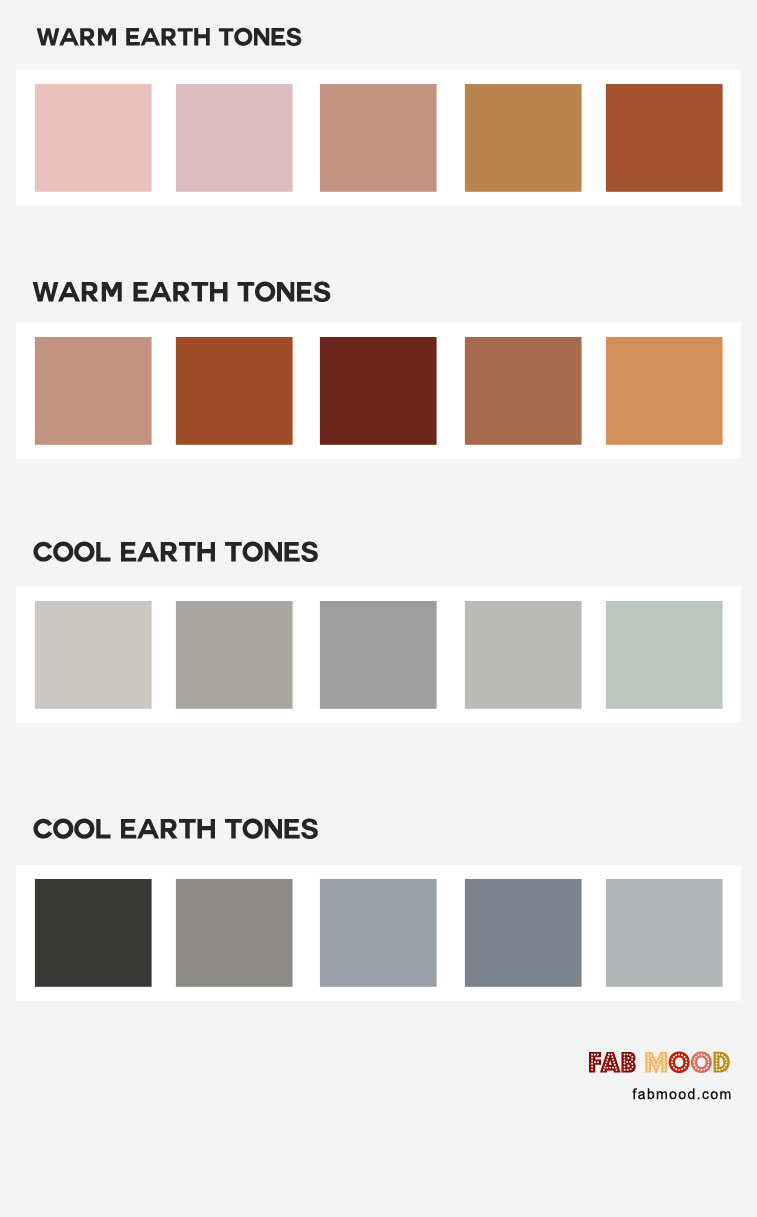


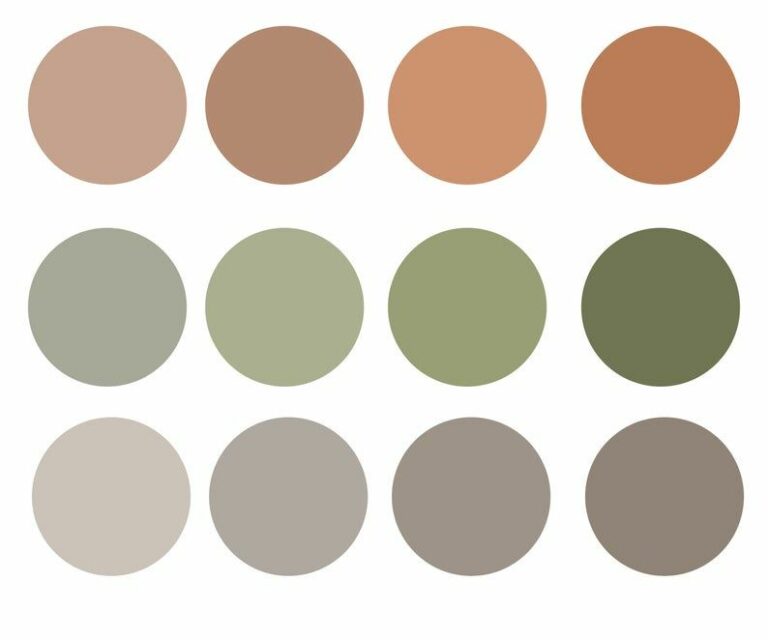


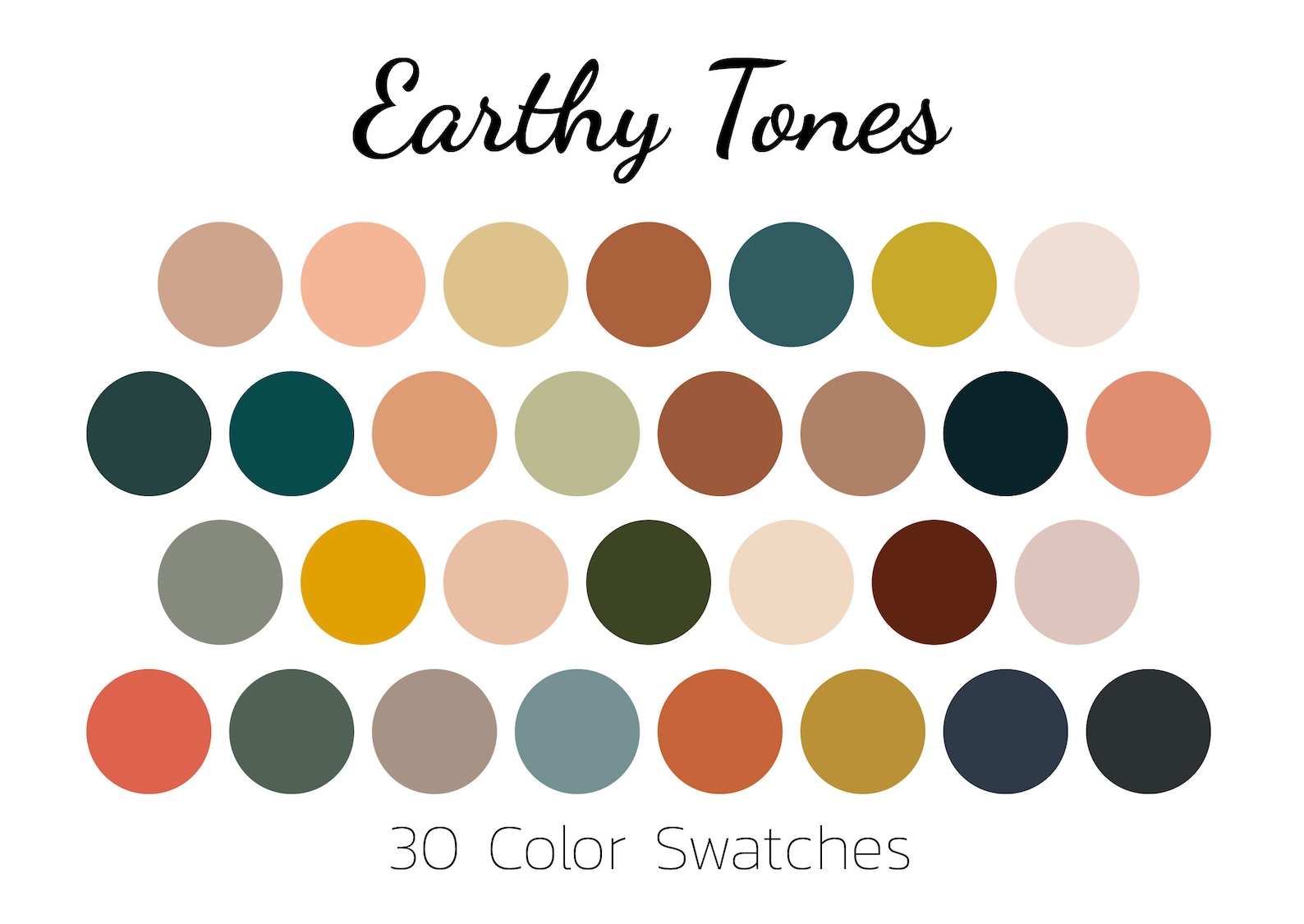



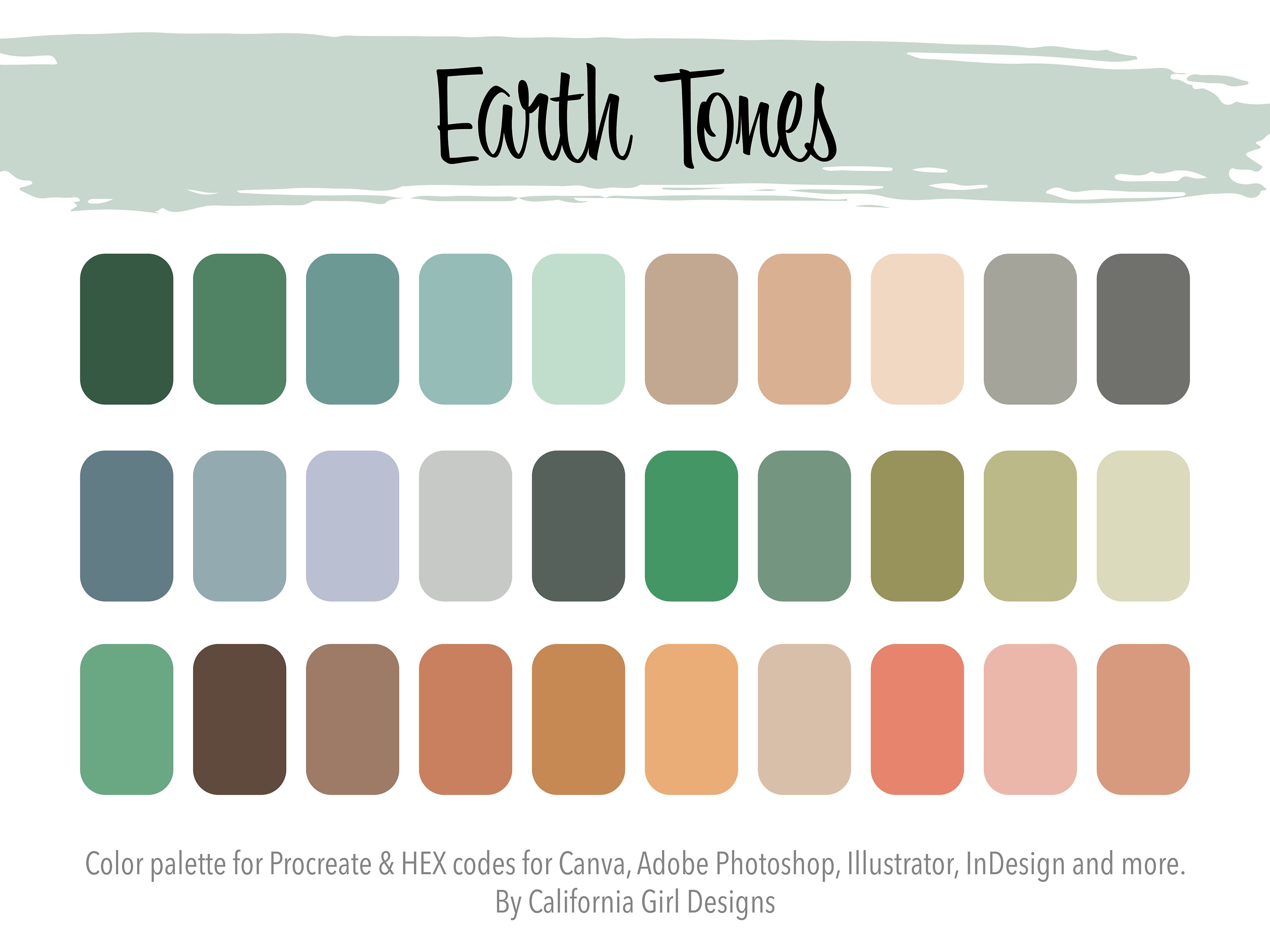
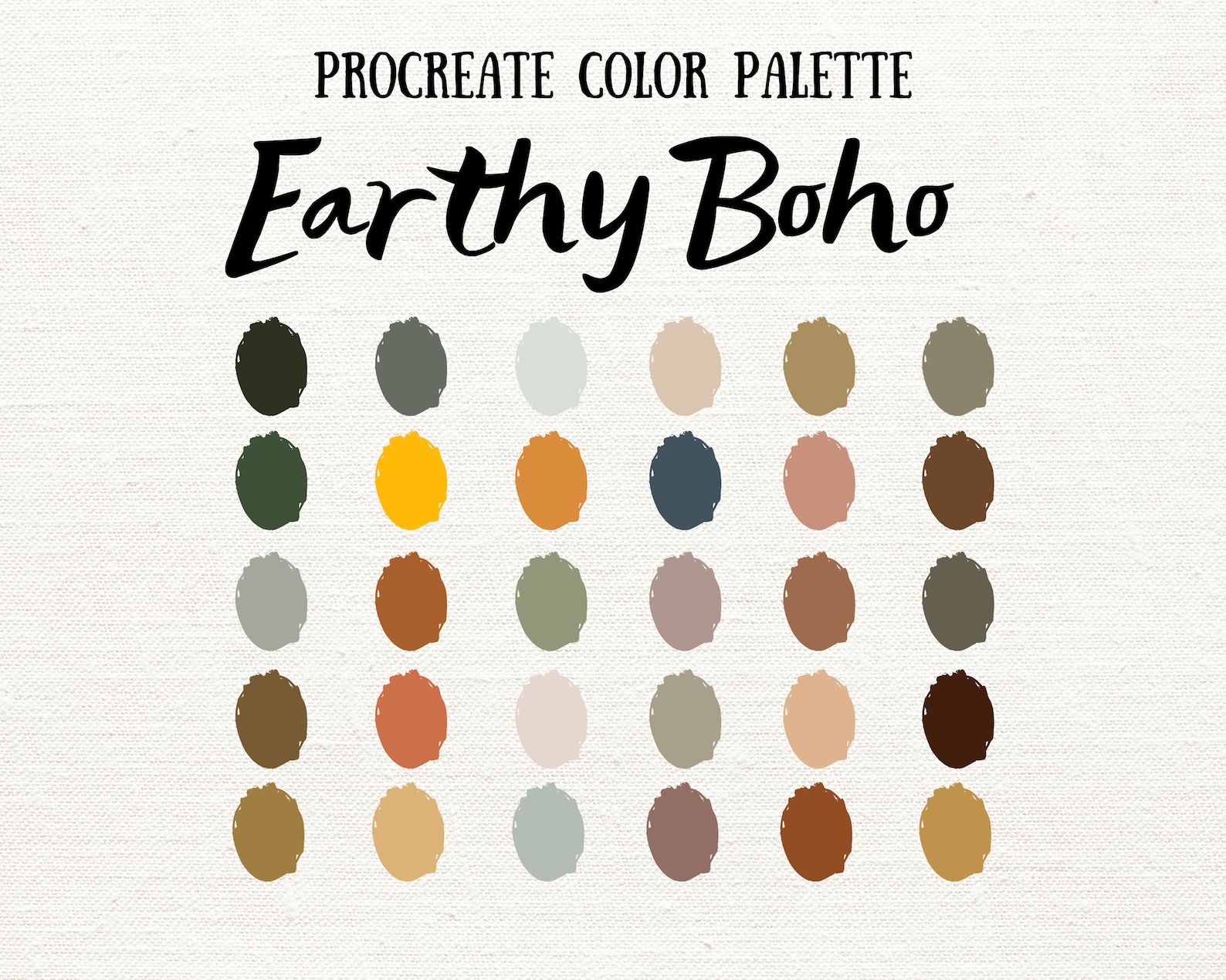
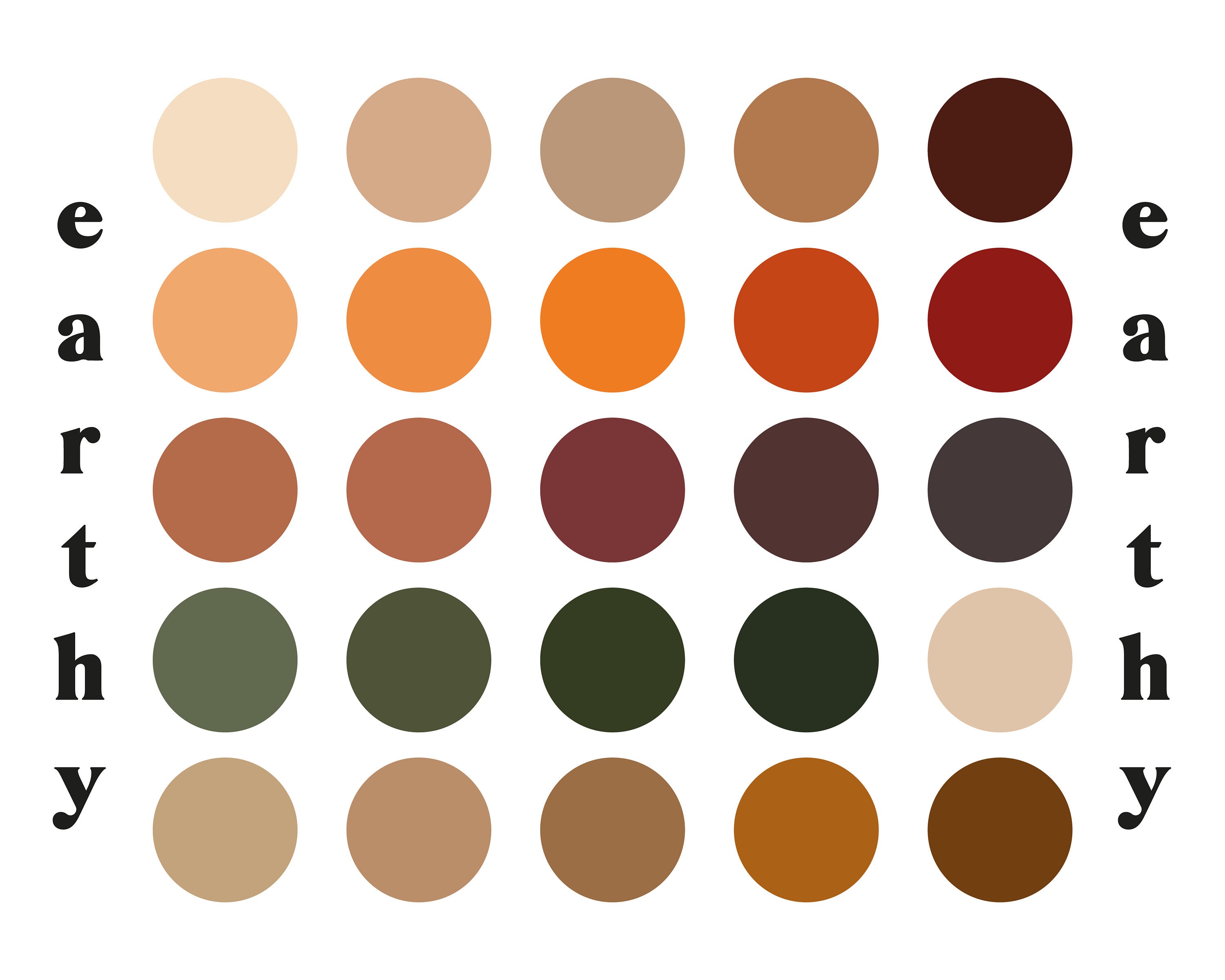






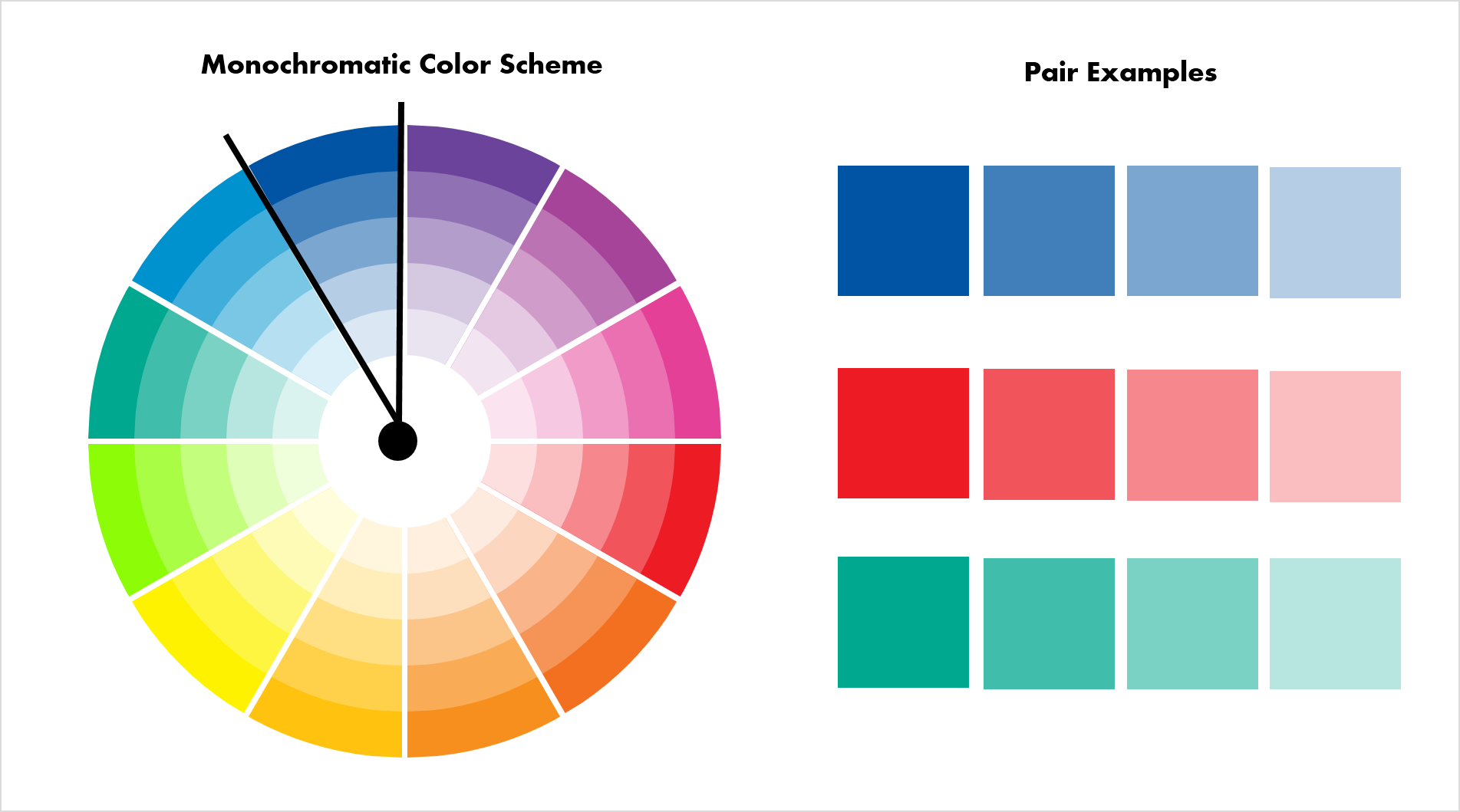

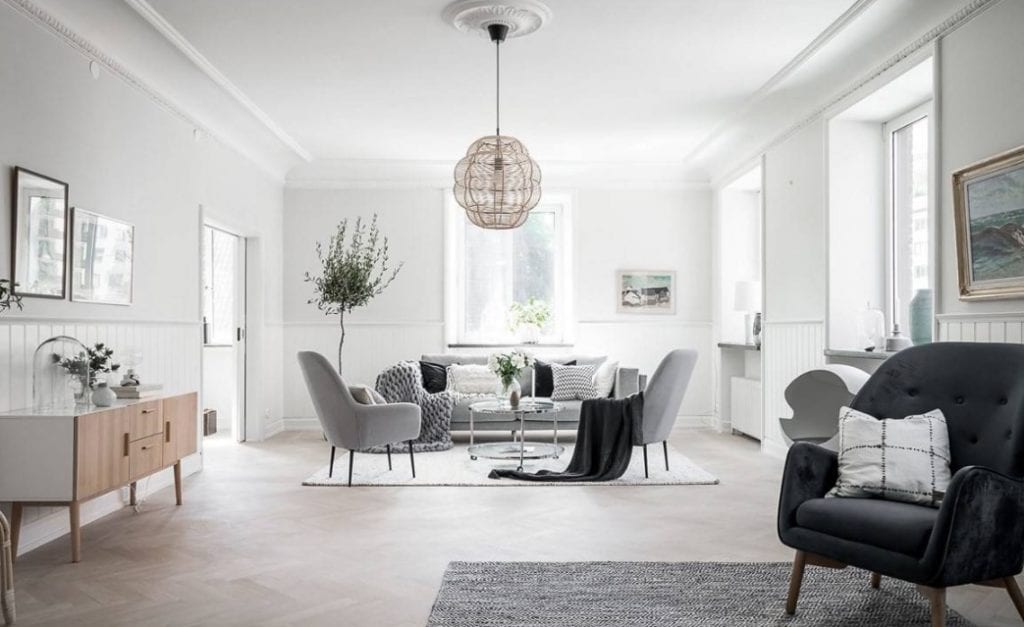
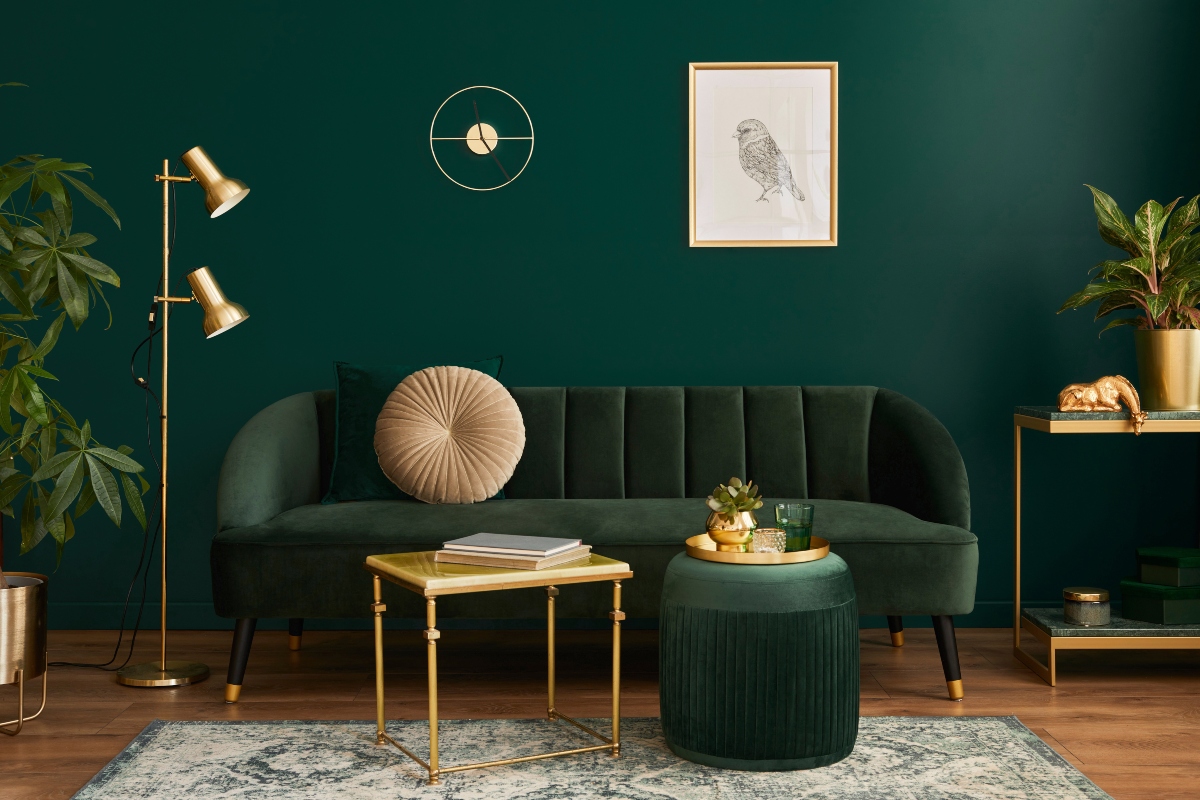
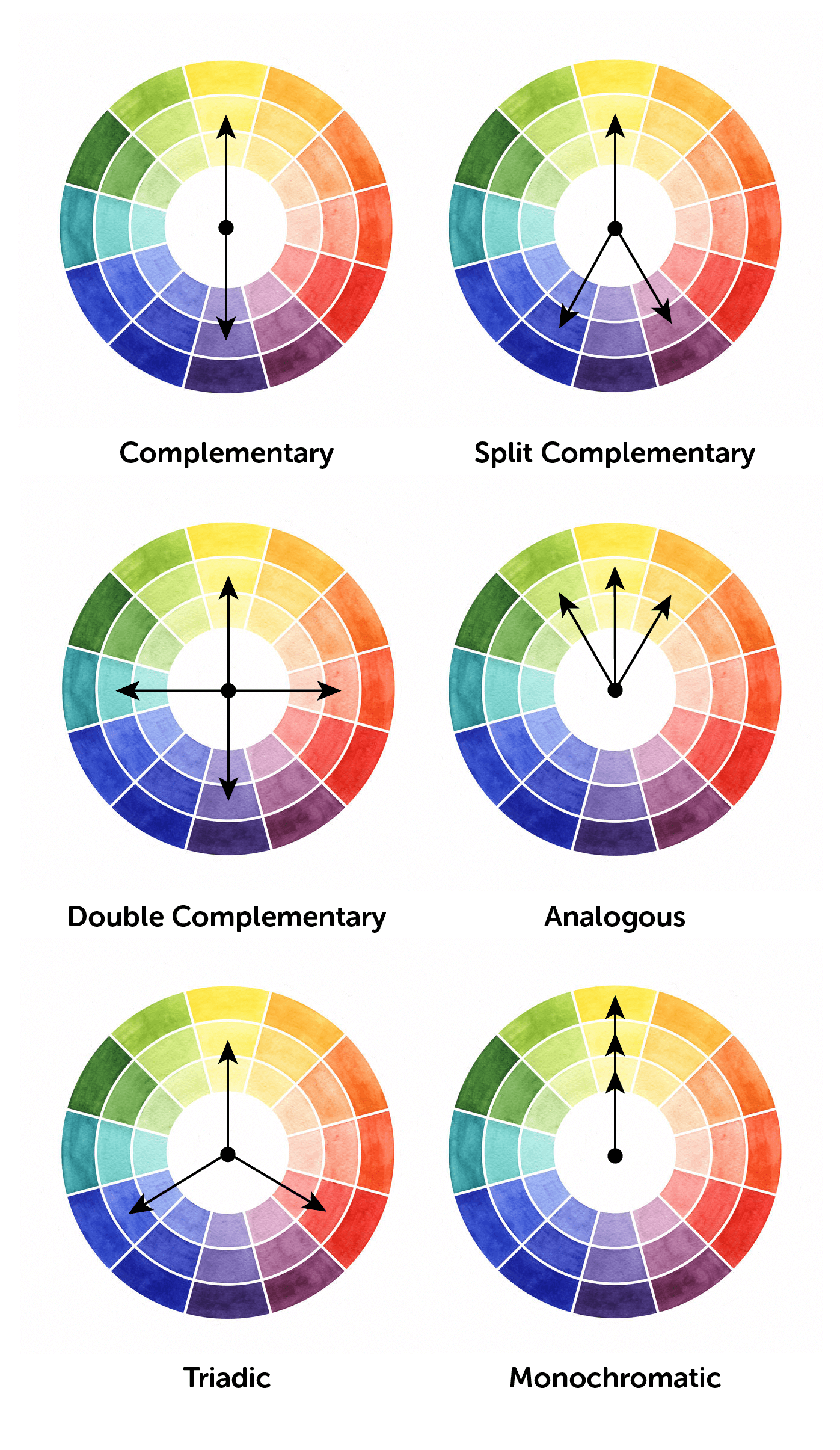
/Lista_complementarios-56a6e6cb3df78cf77290d98b.png)
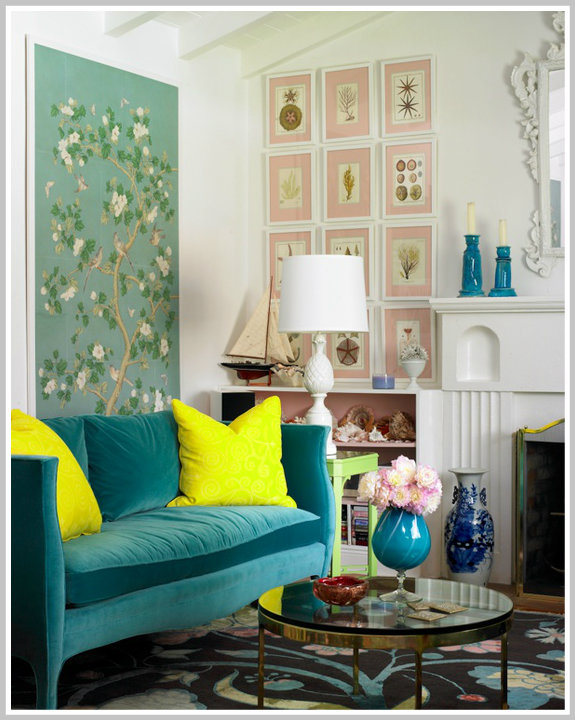
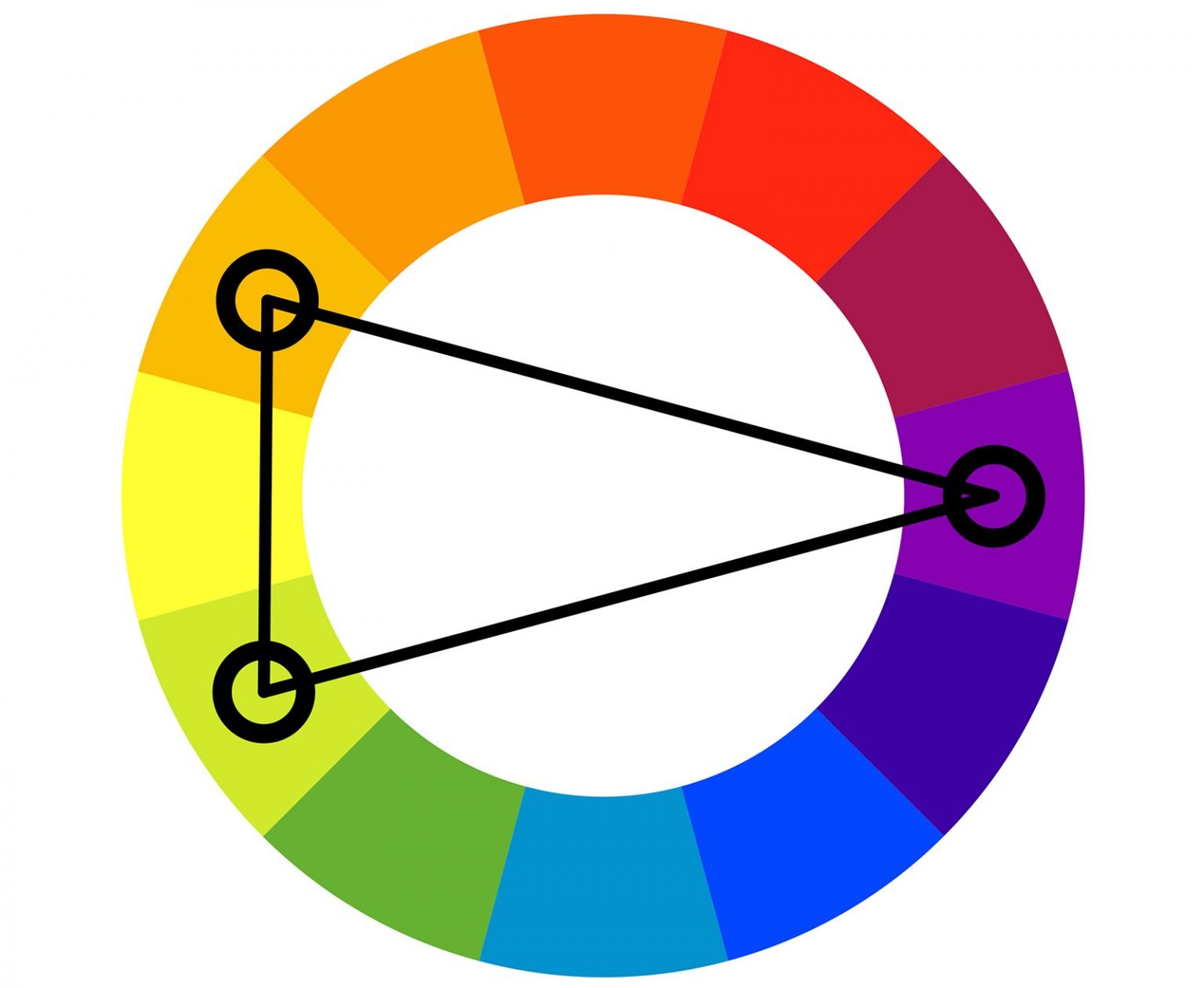
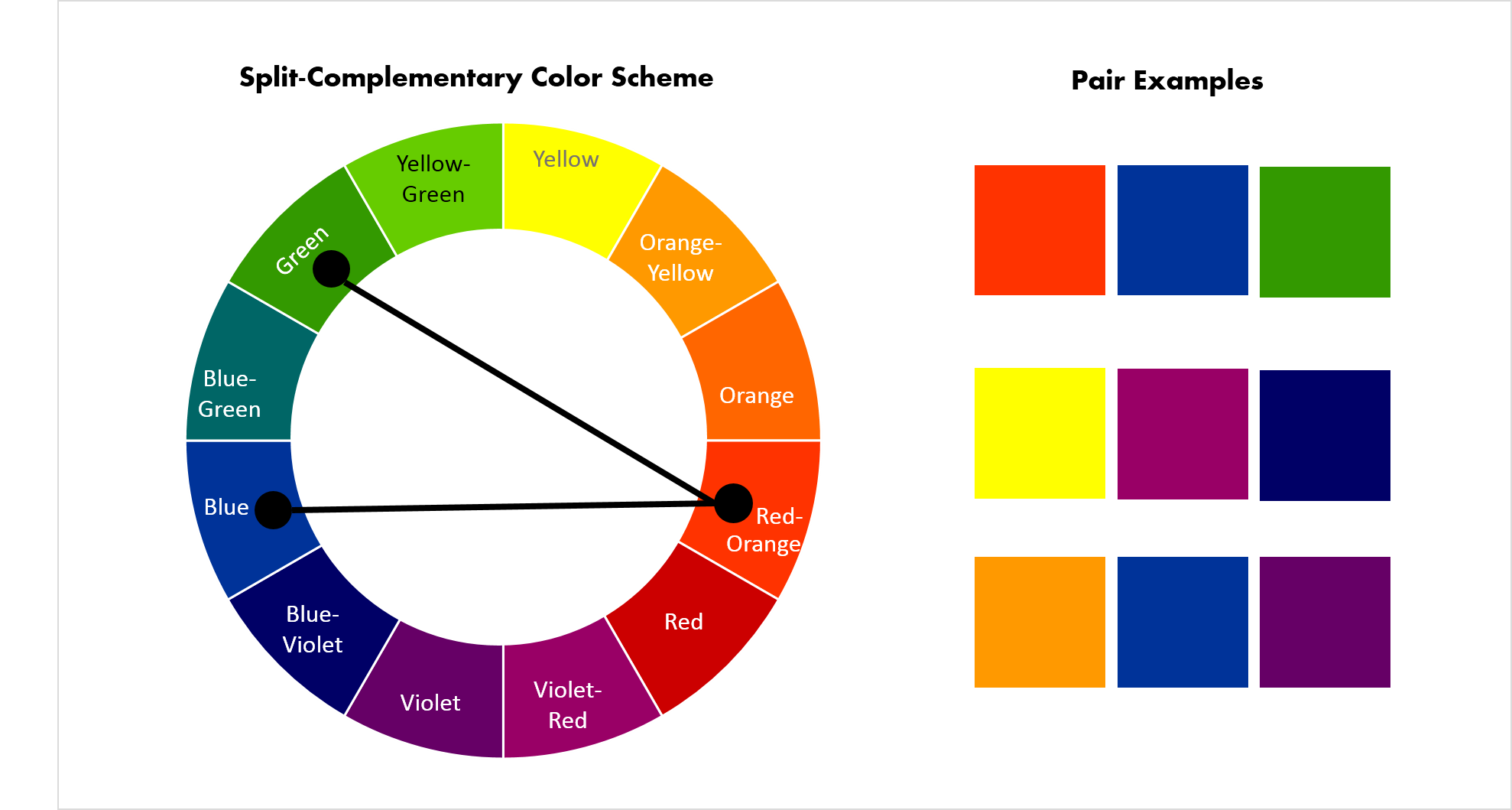

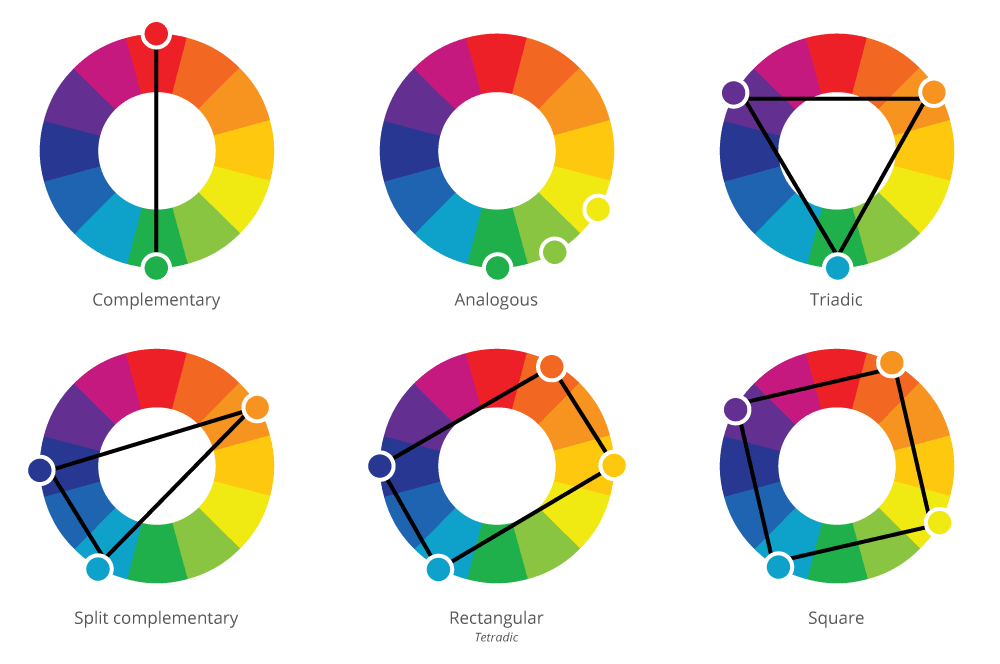
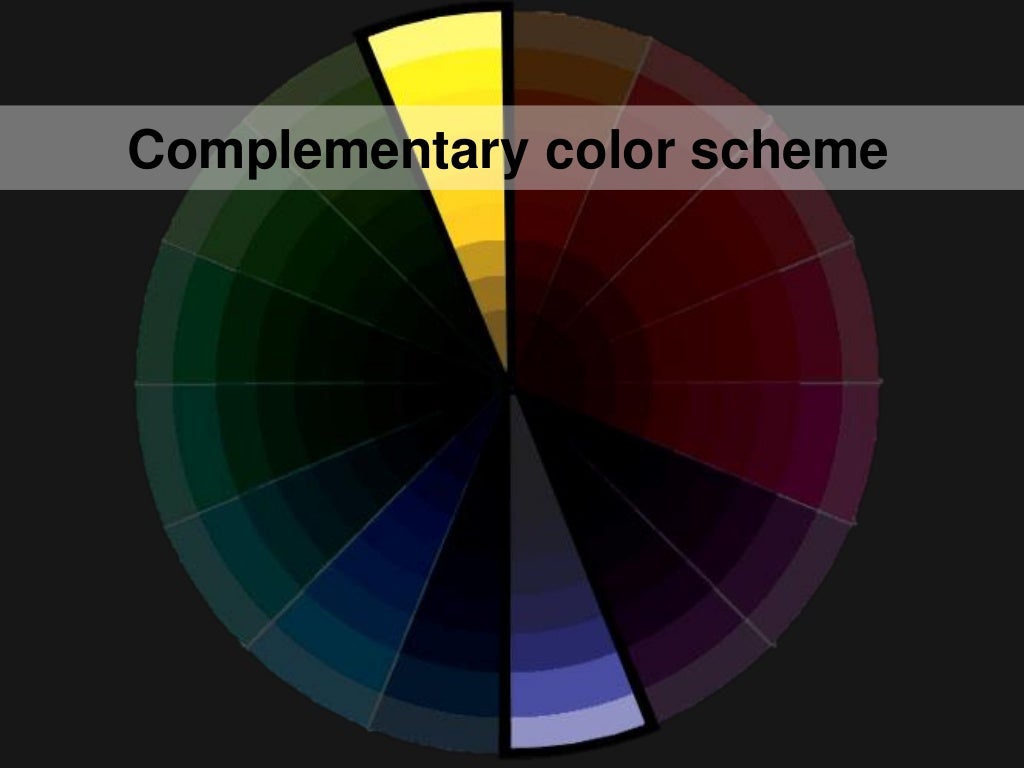
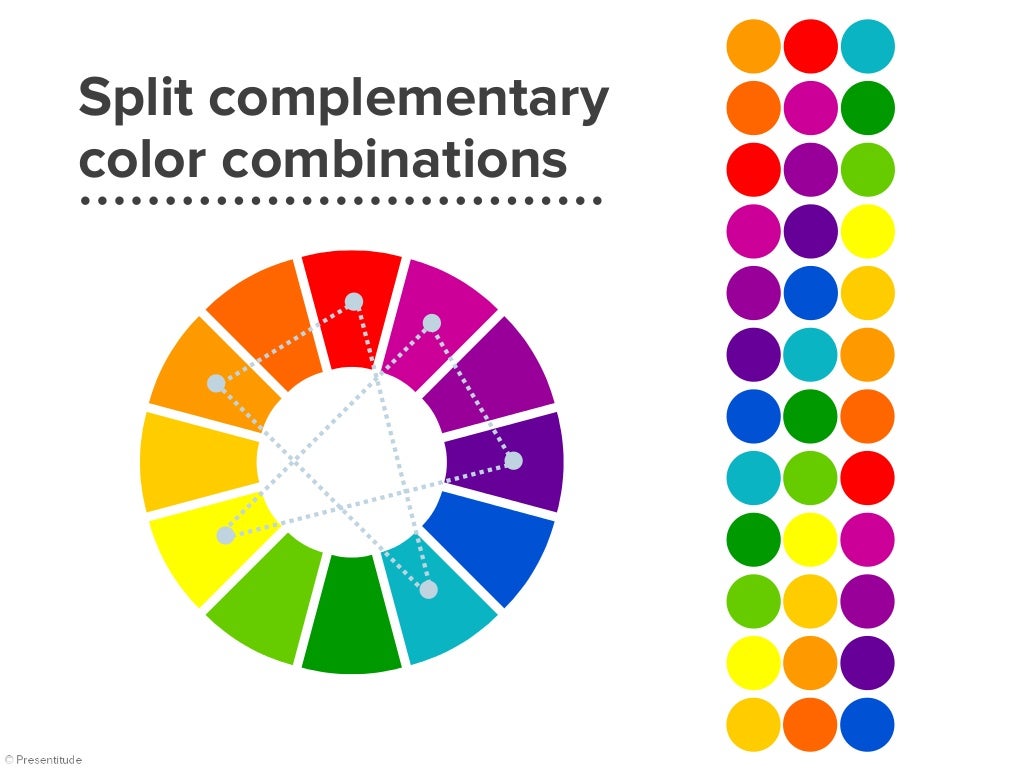


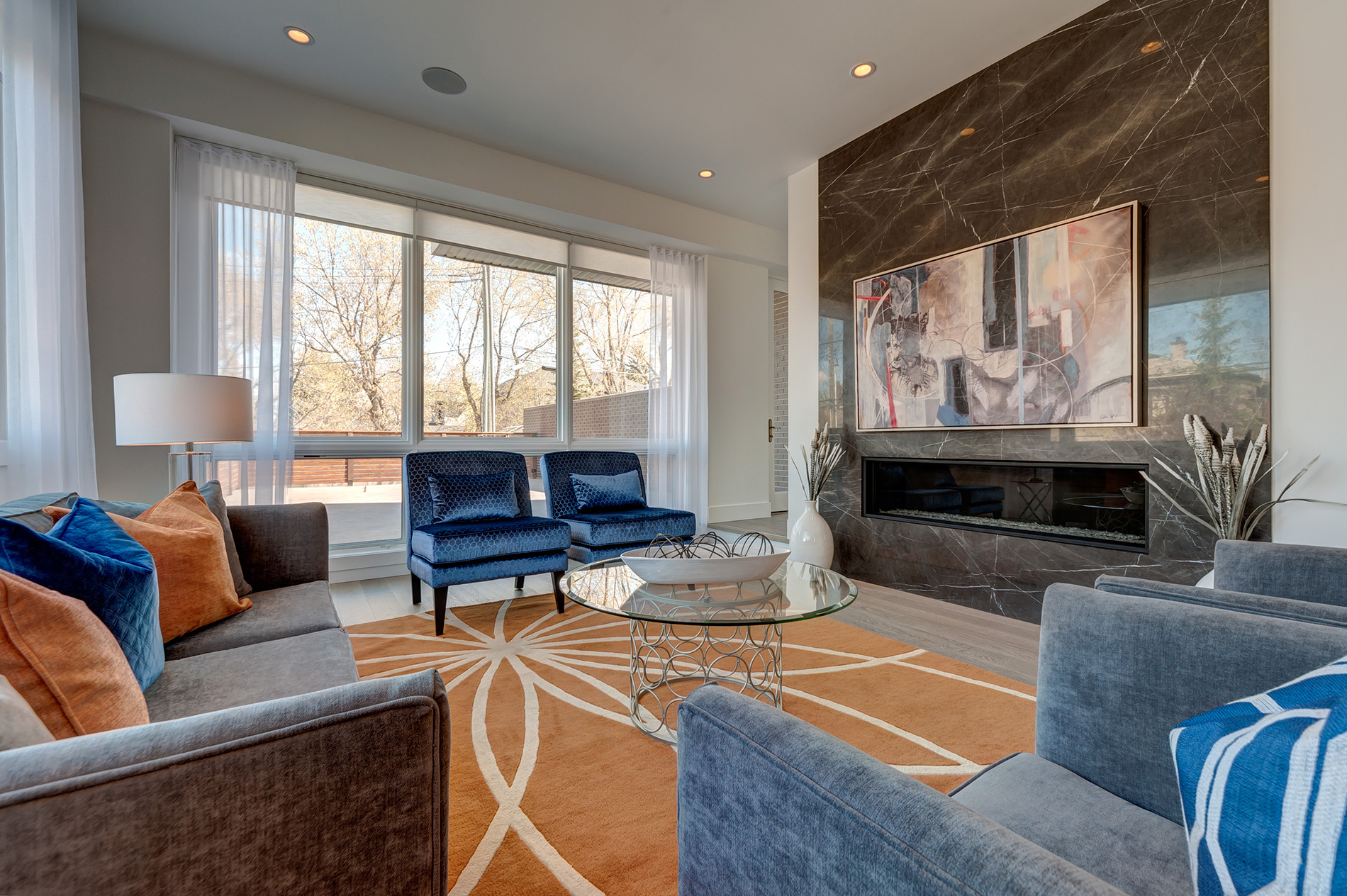

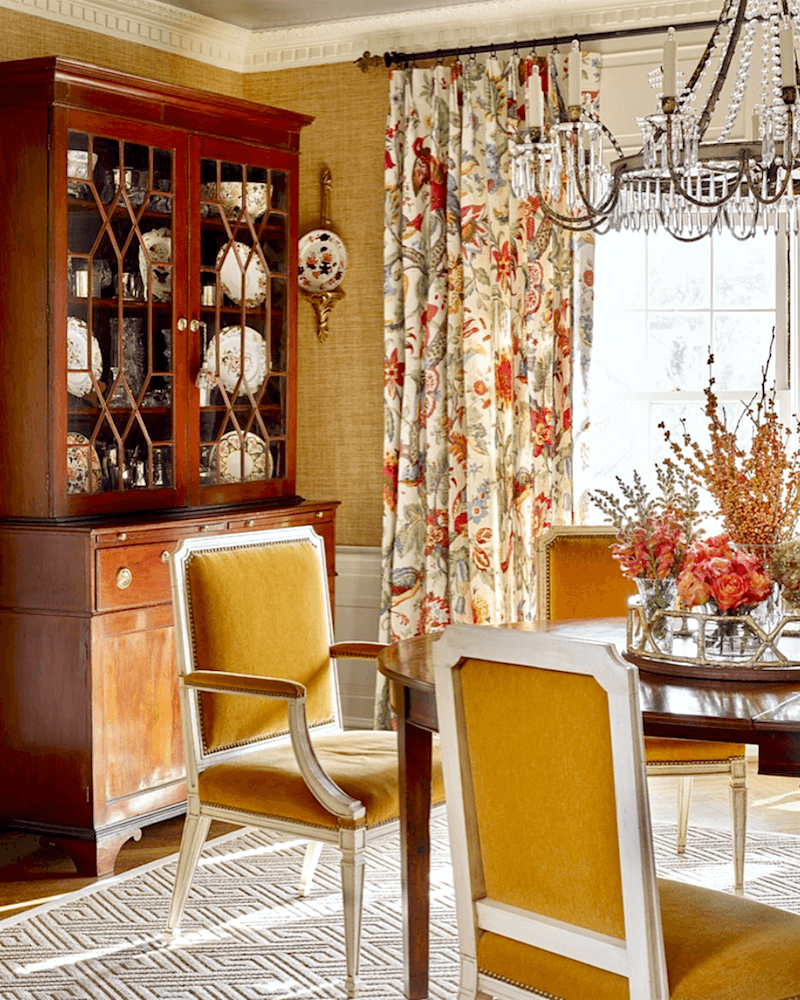
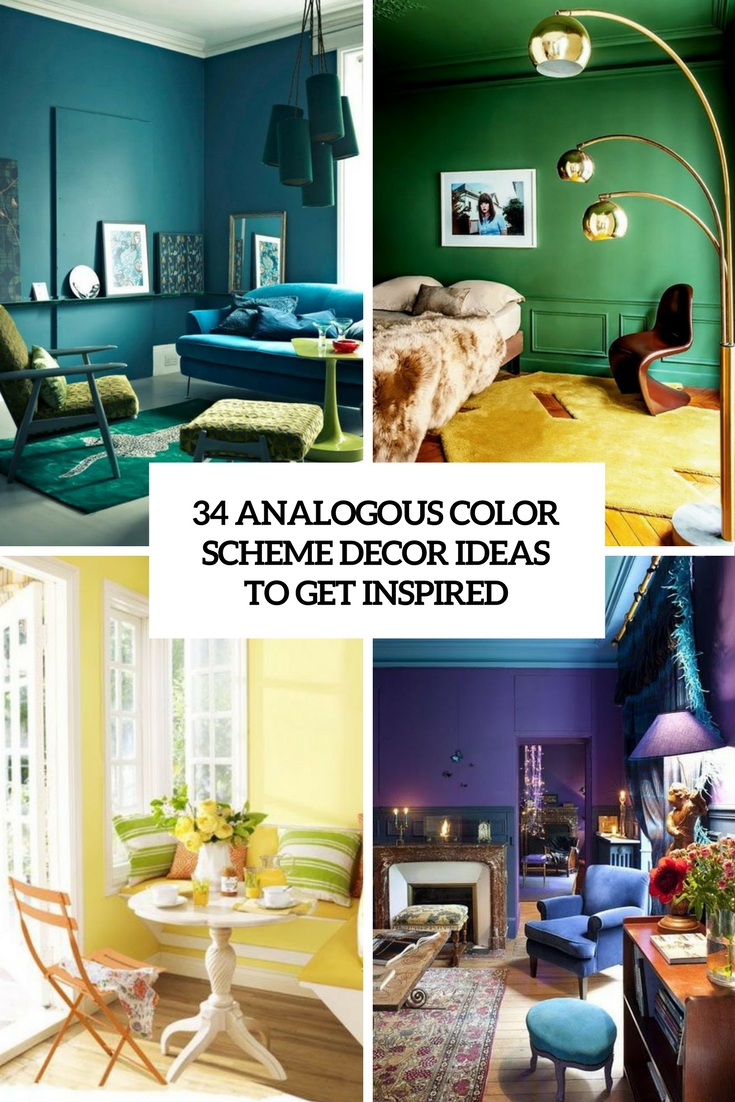
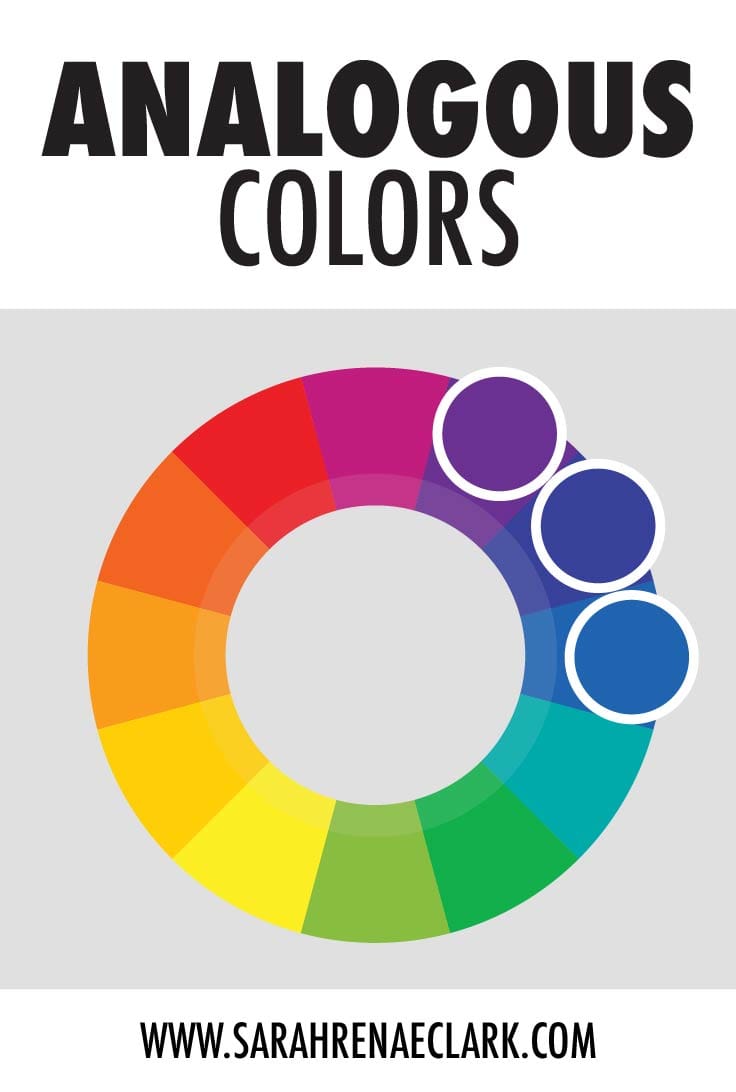
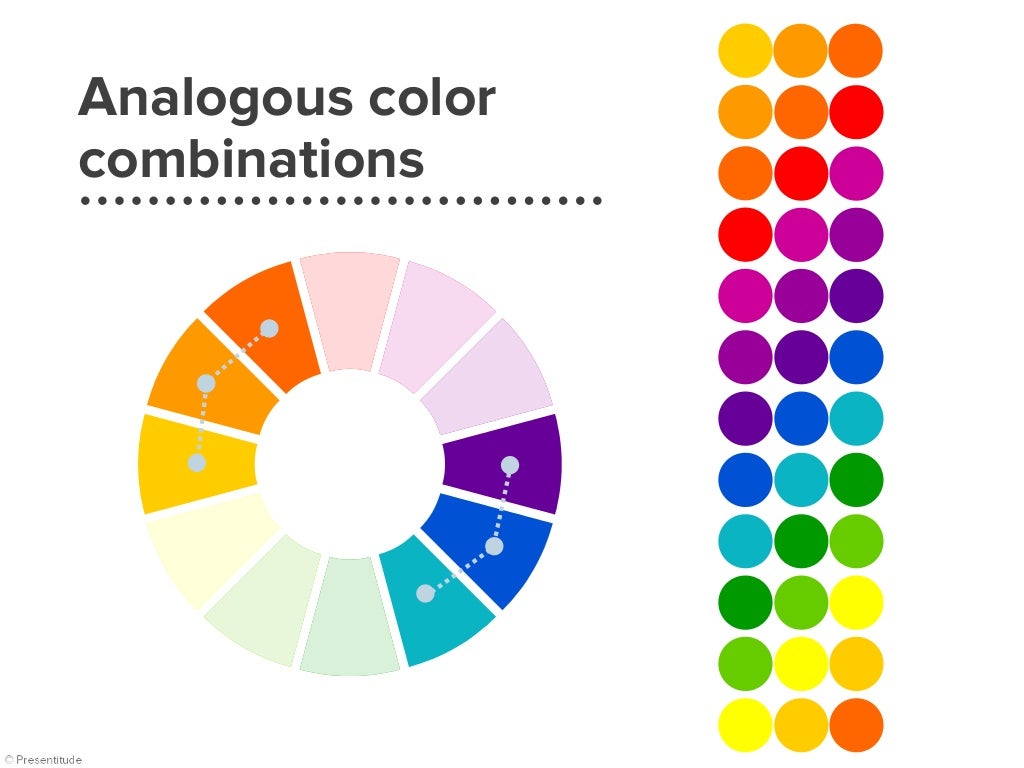
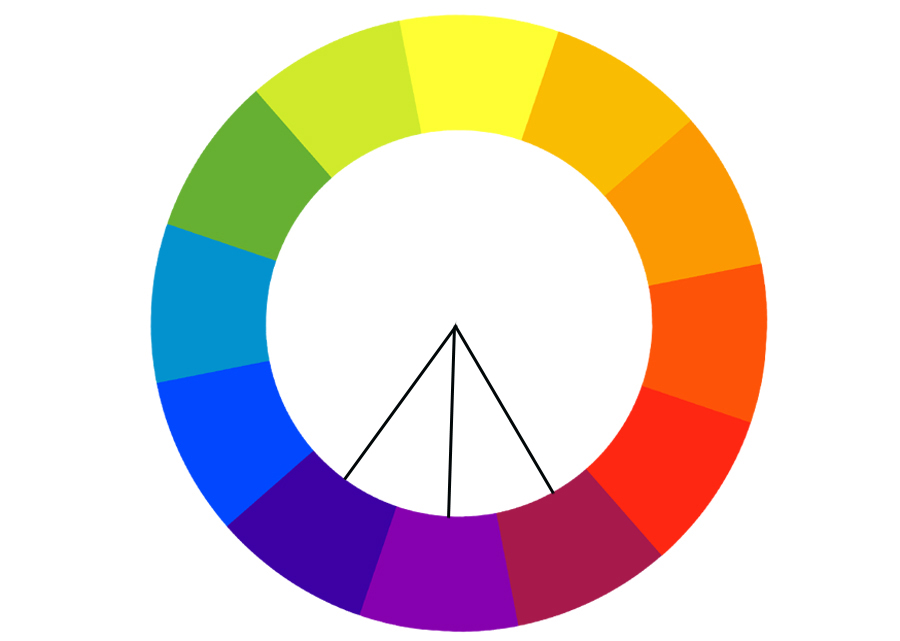
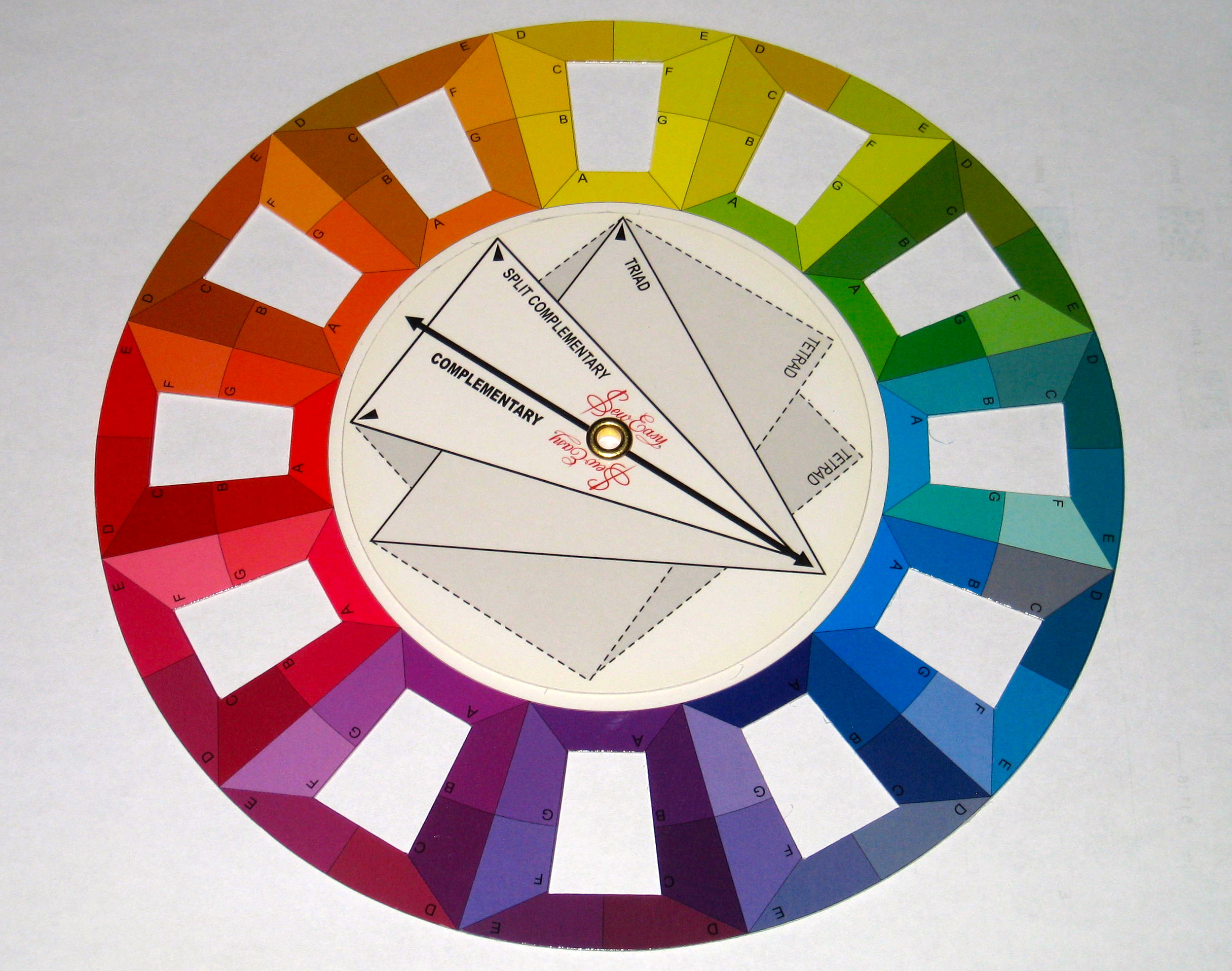
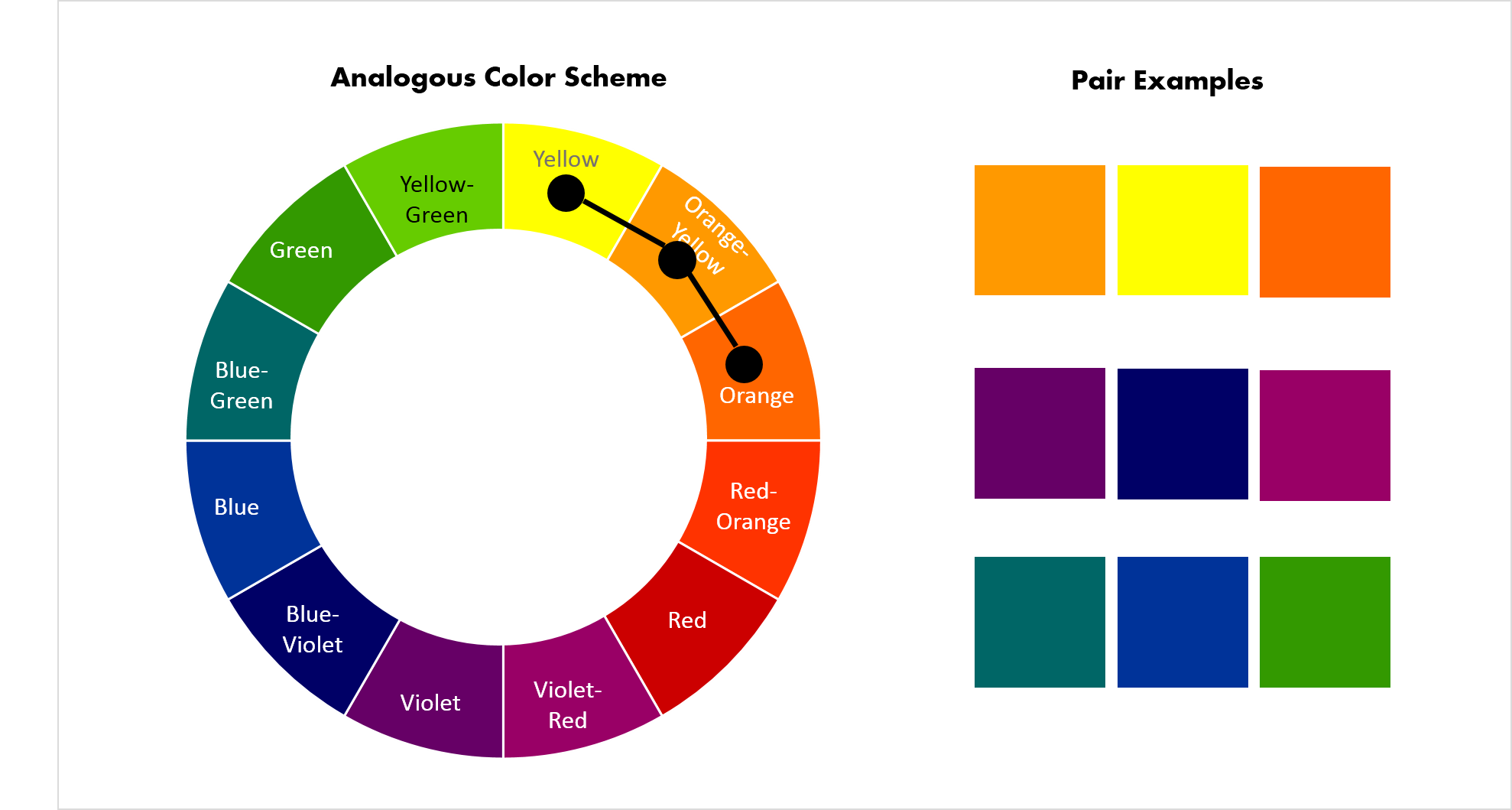


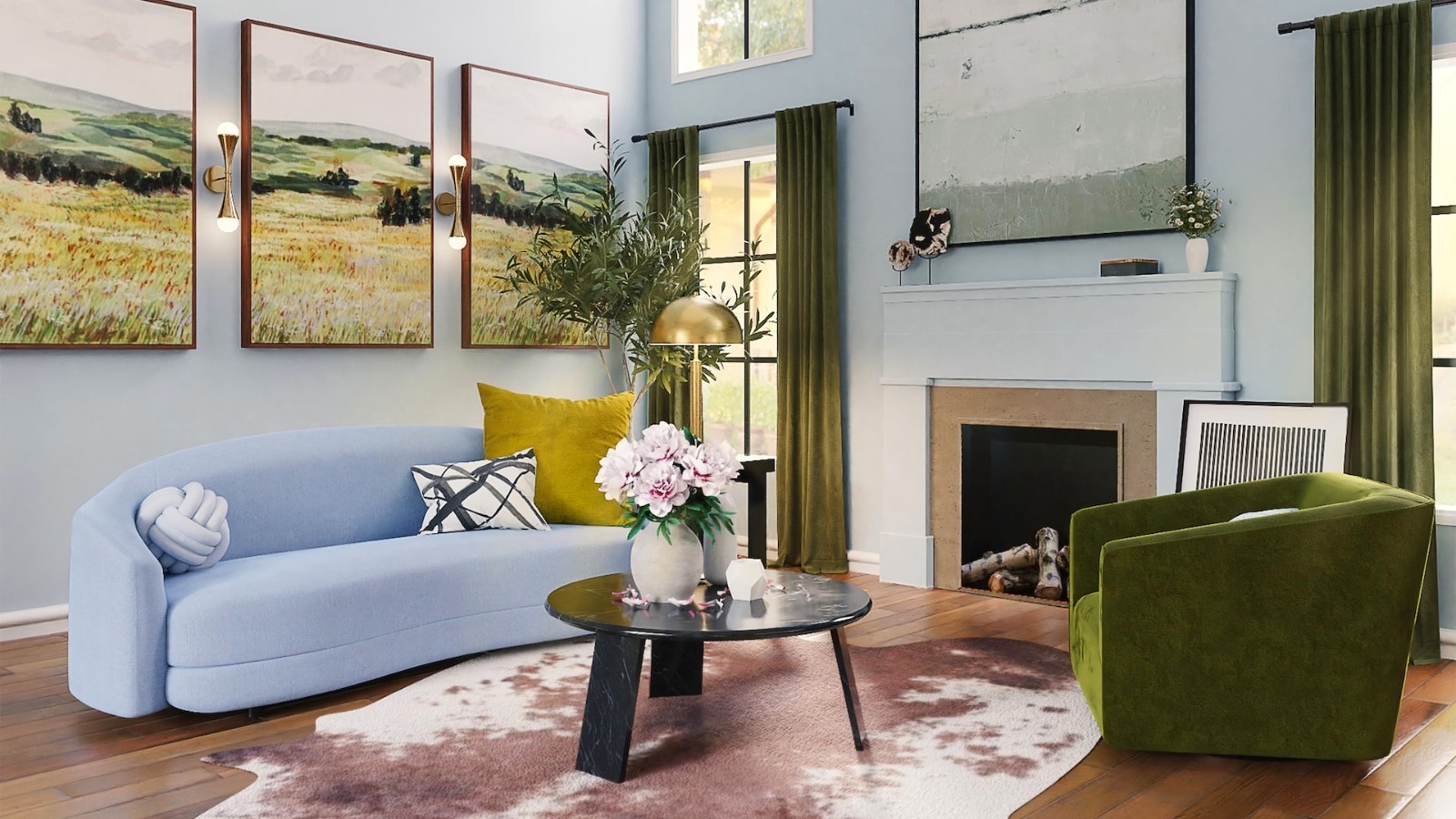






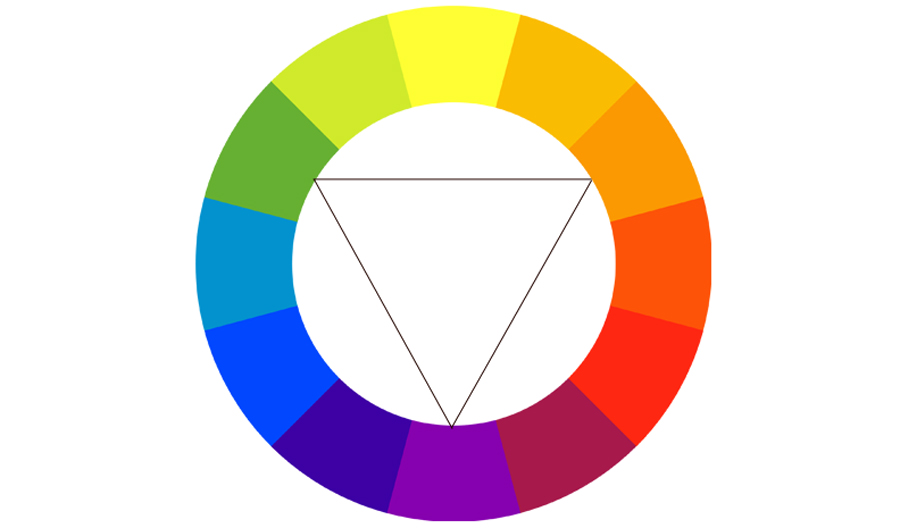
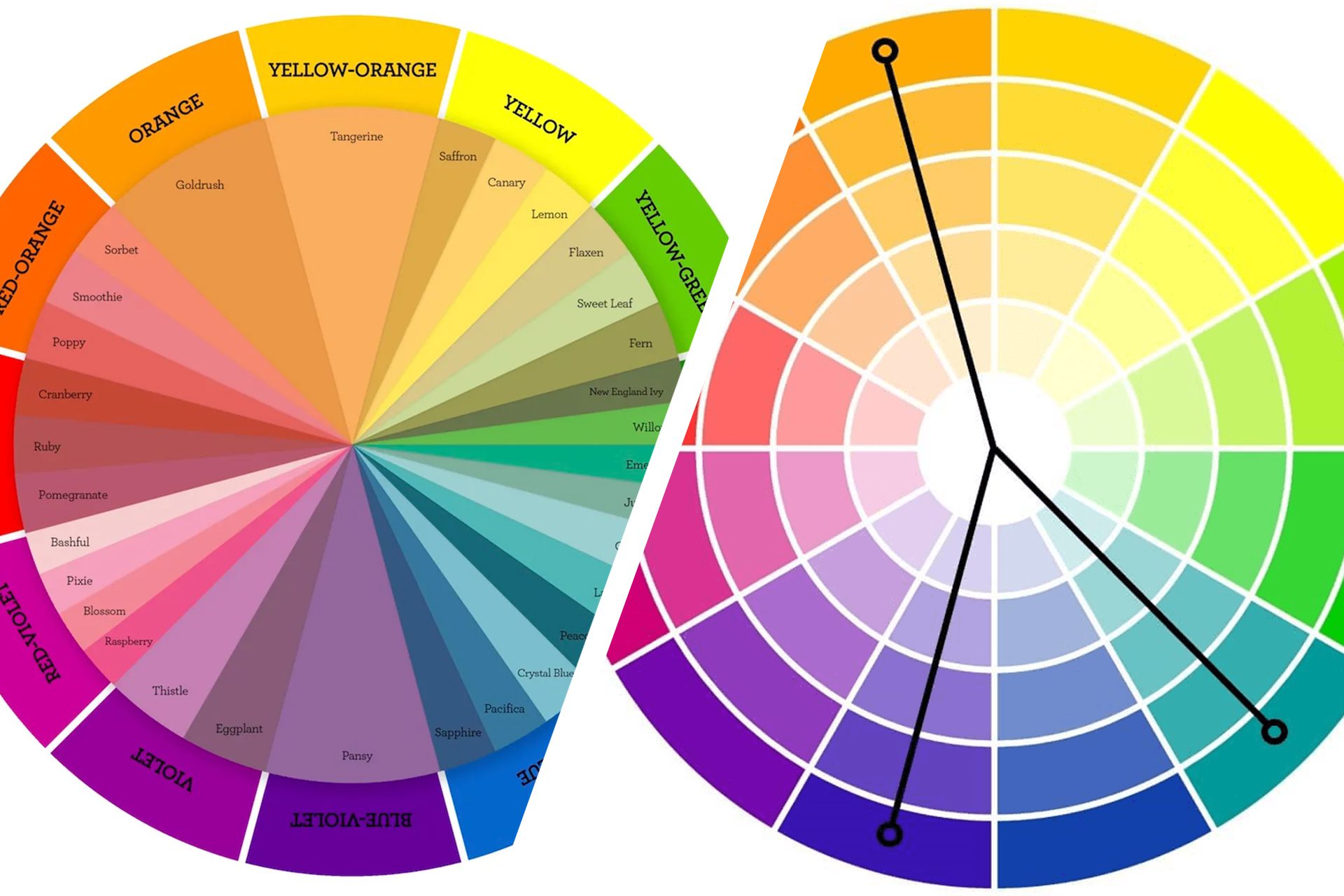

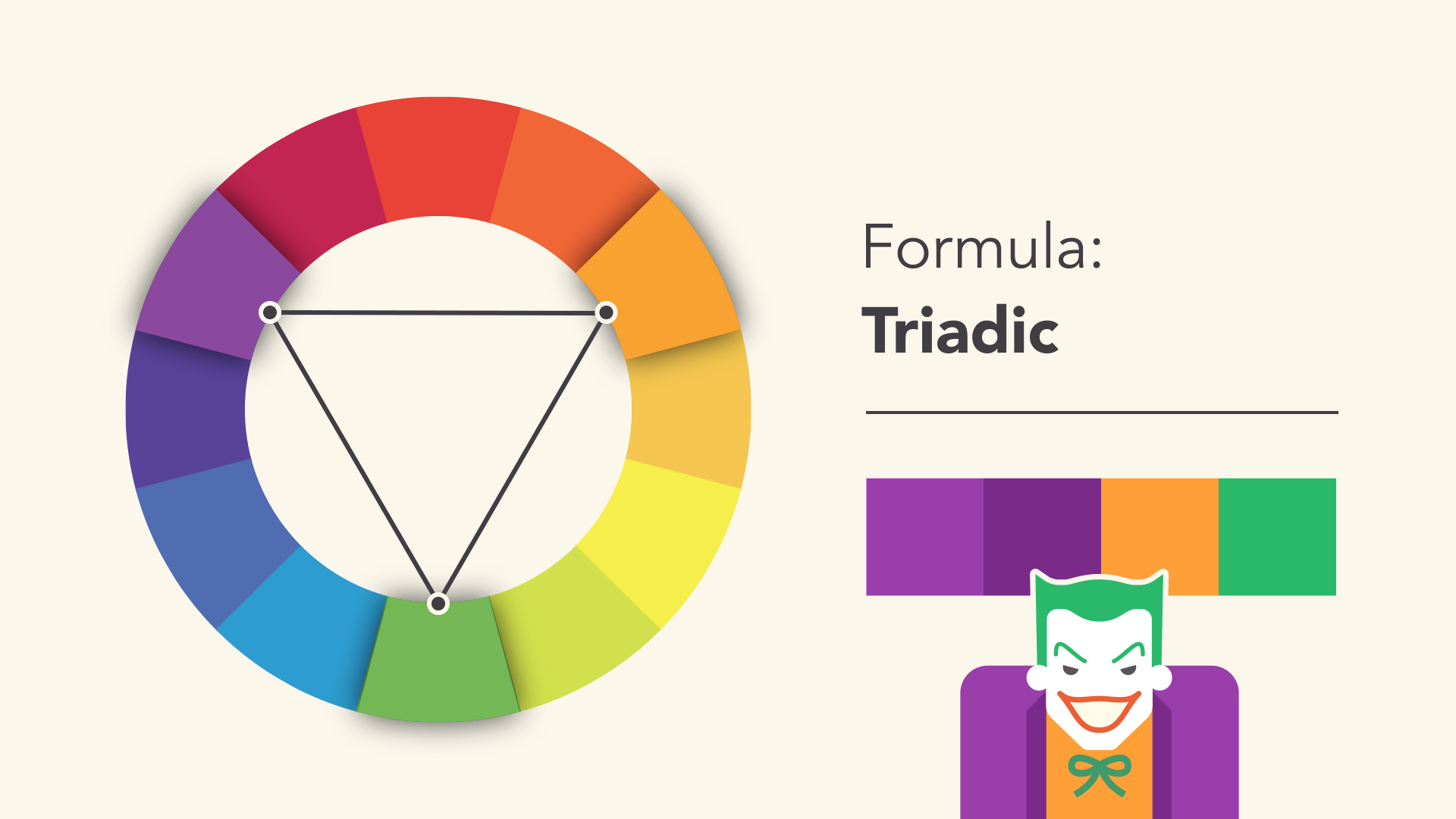
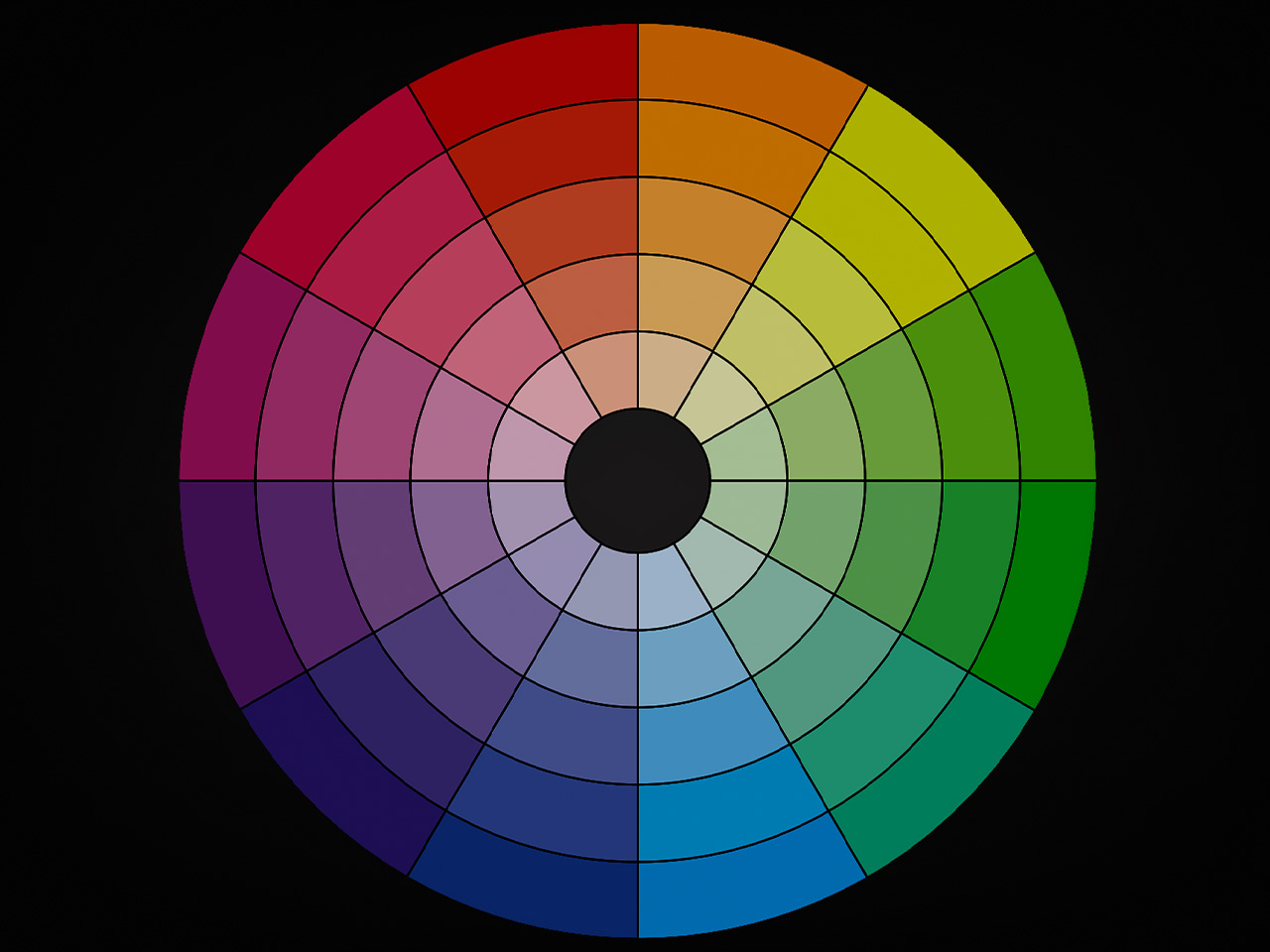

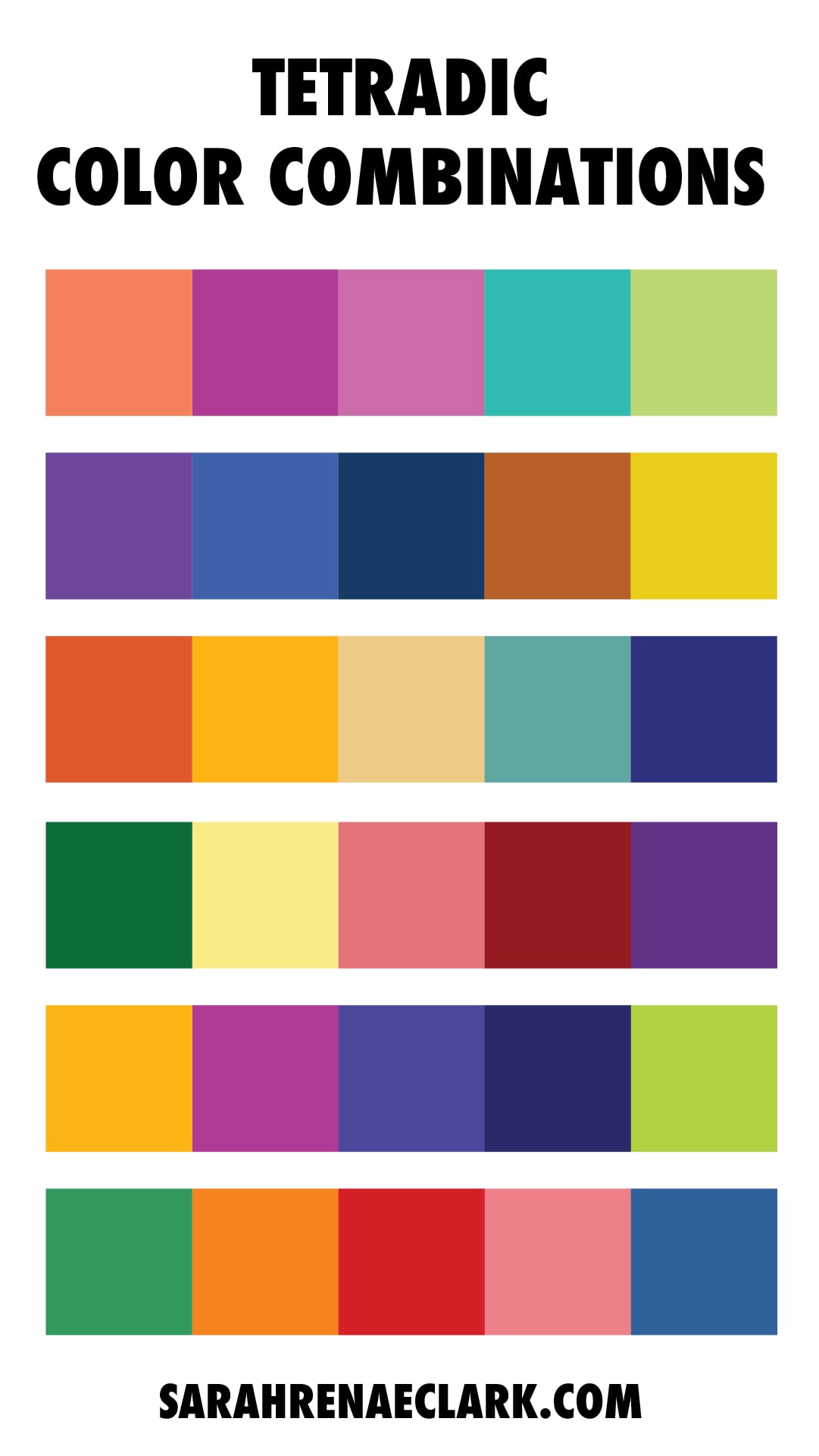

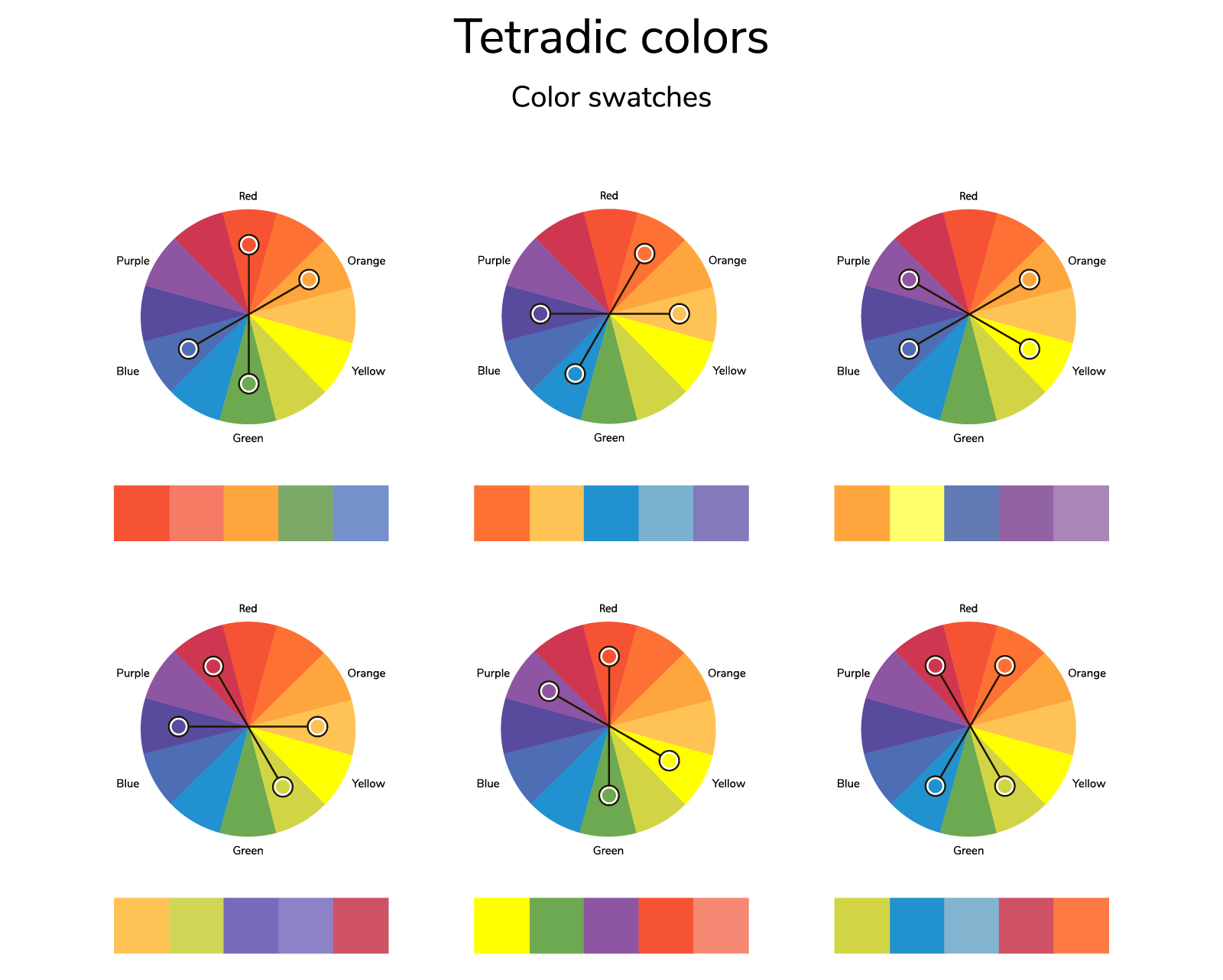
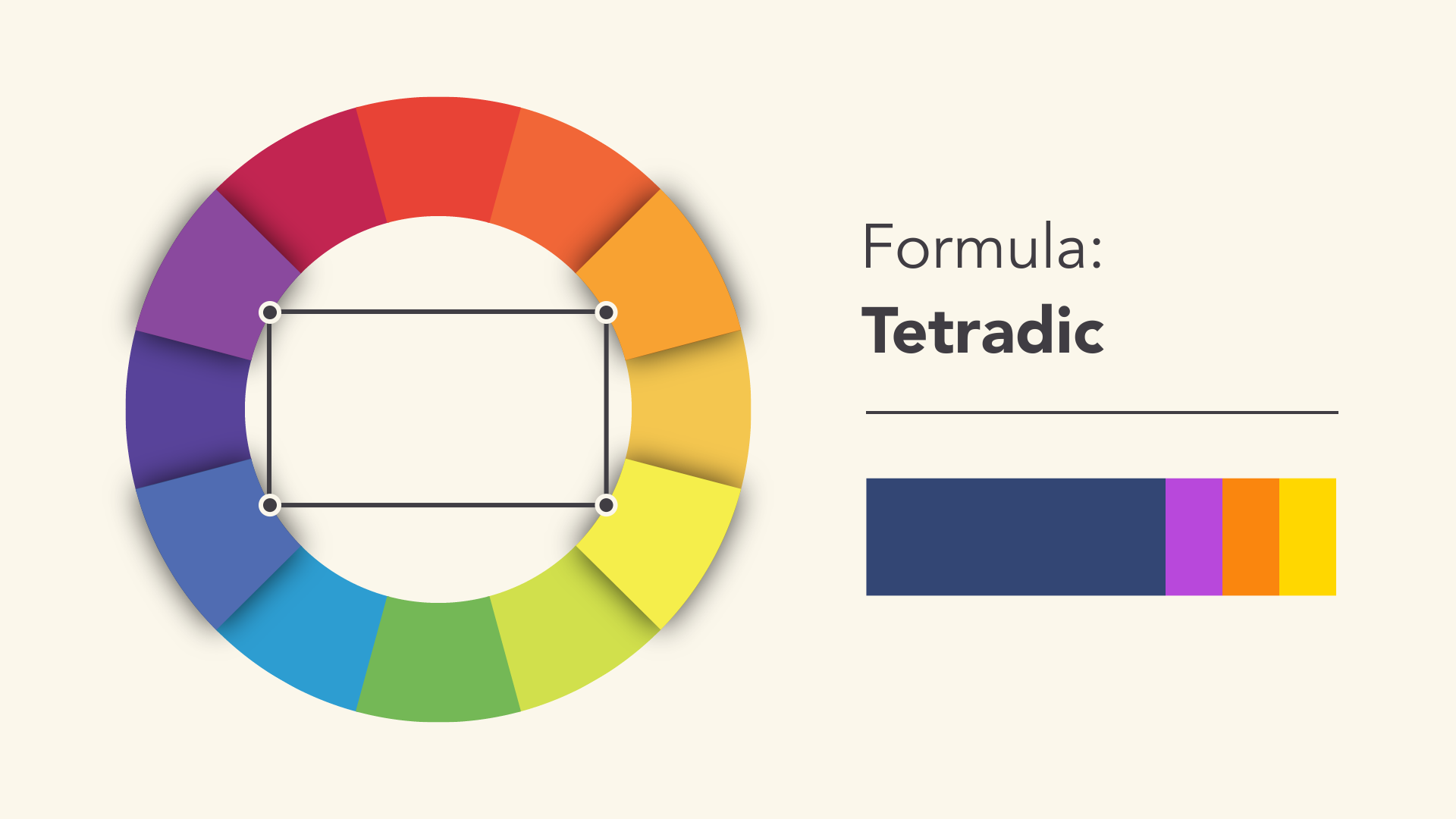
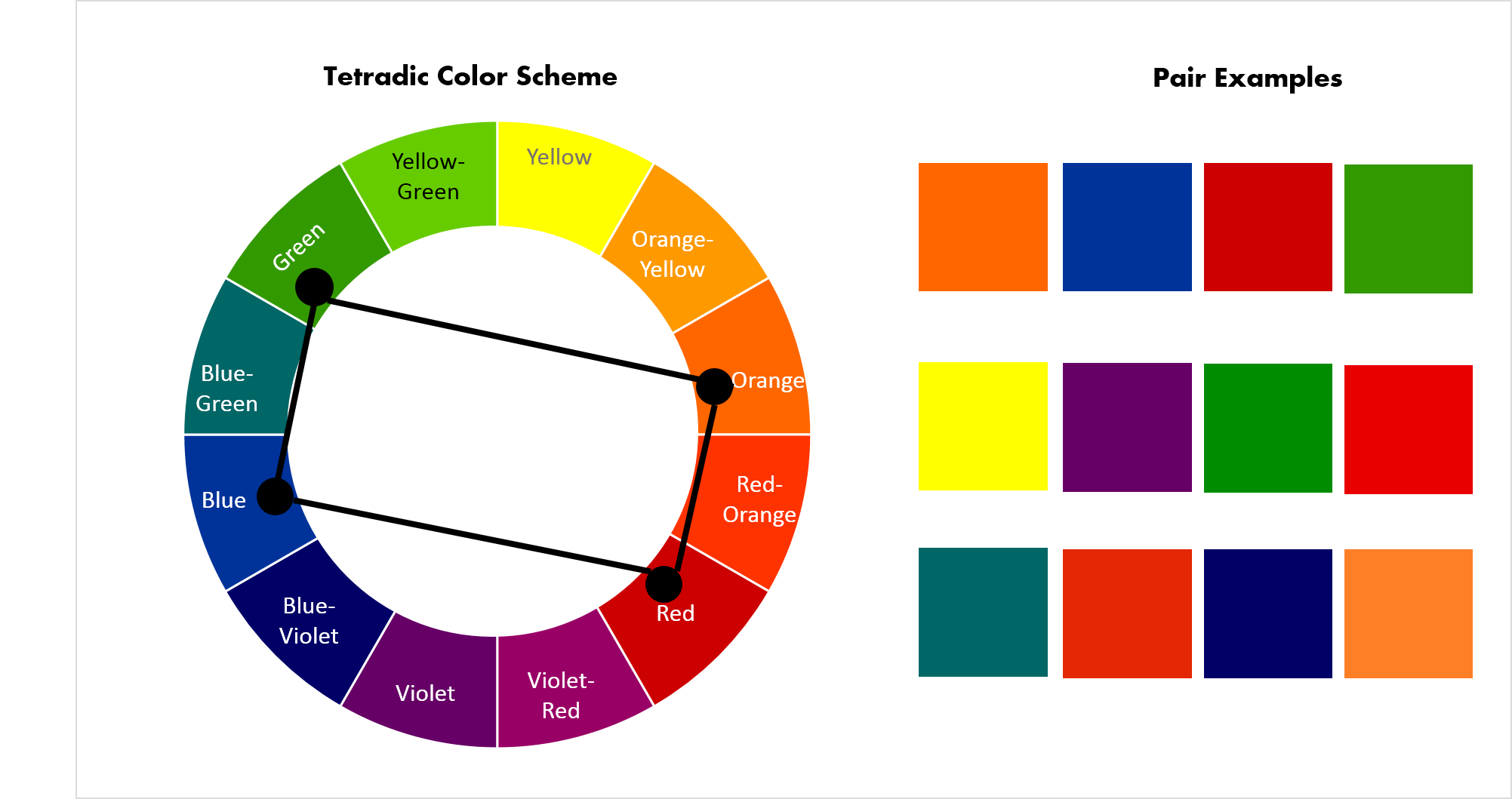

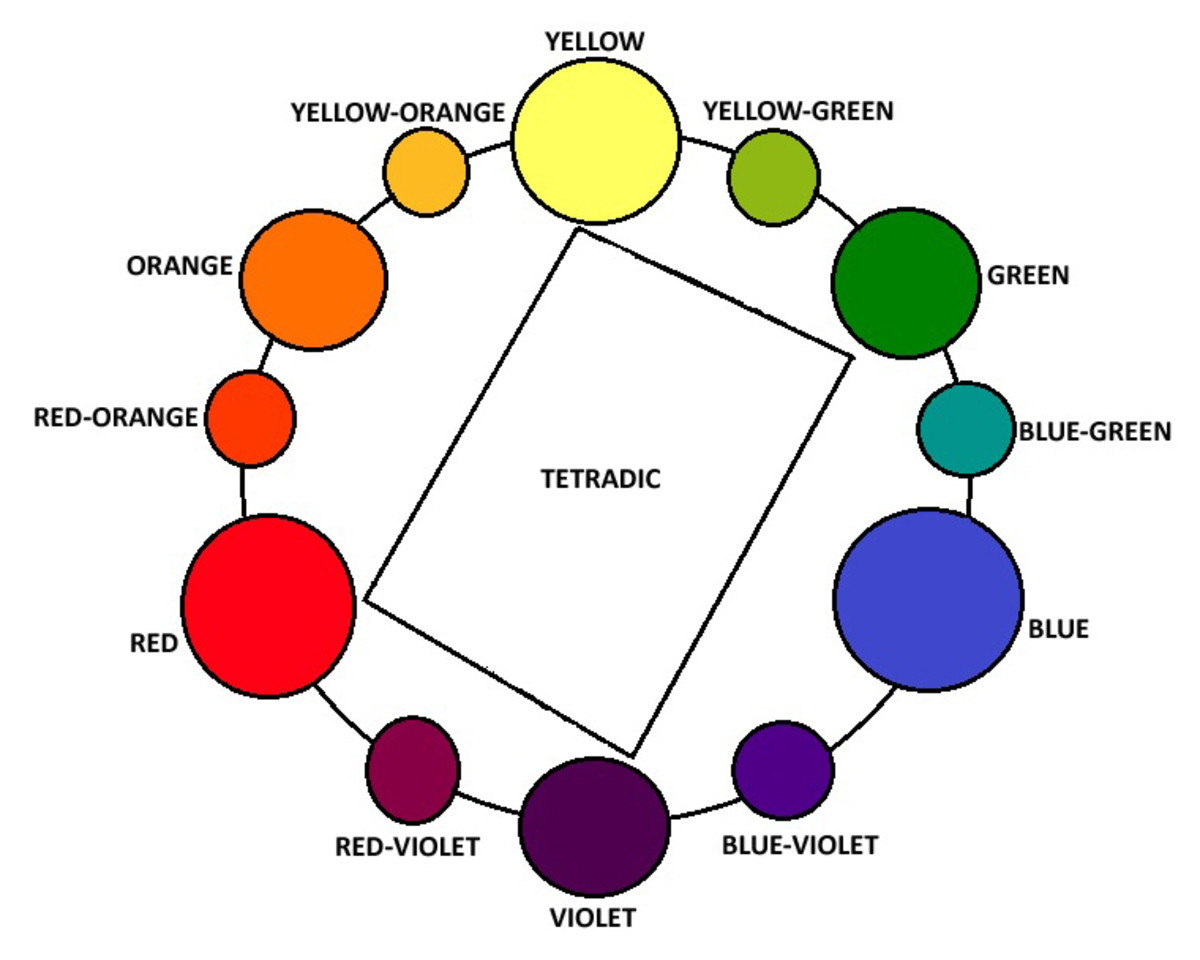

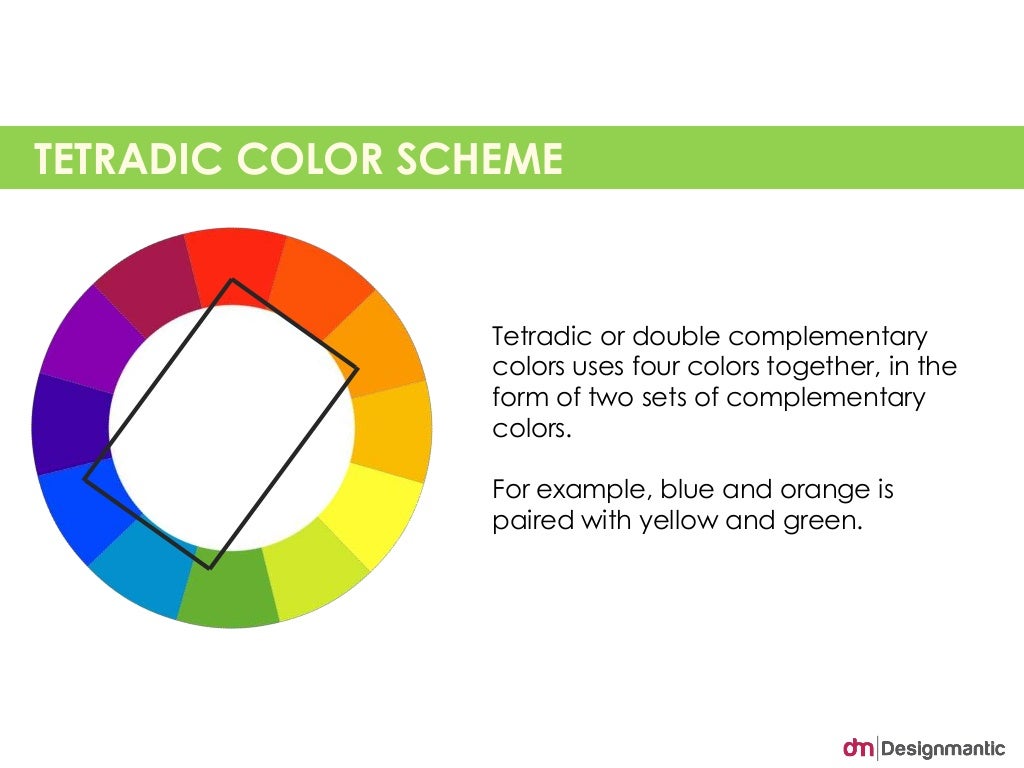



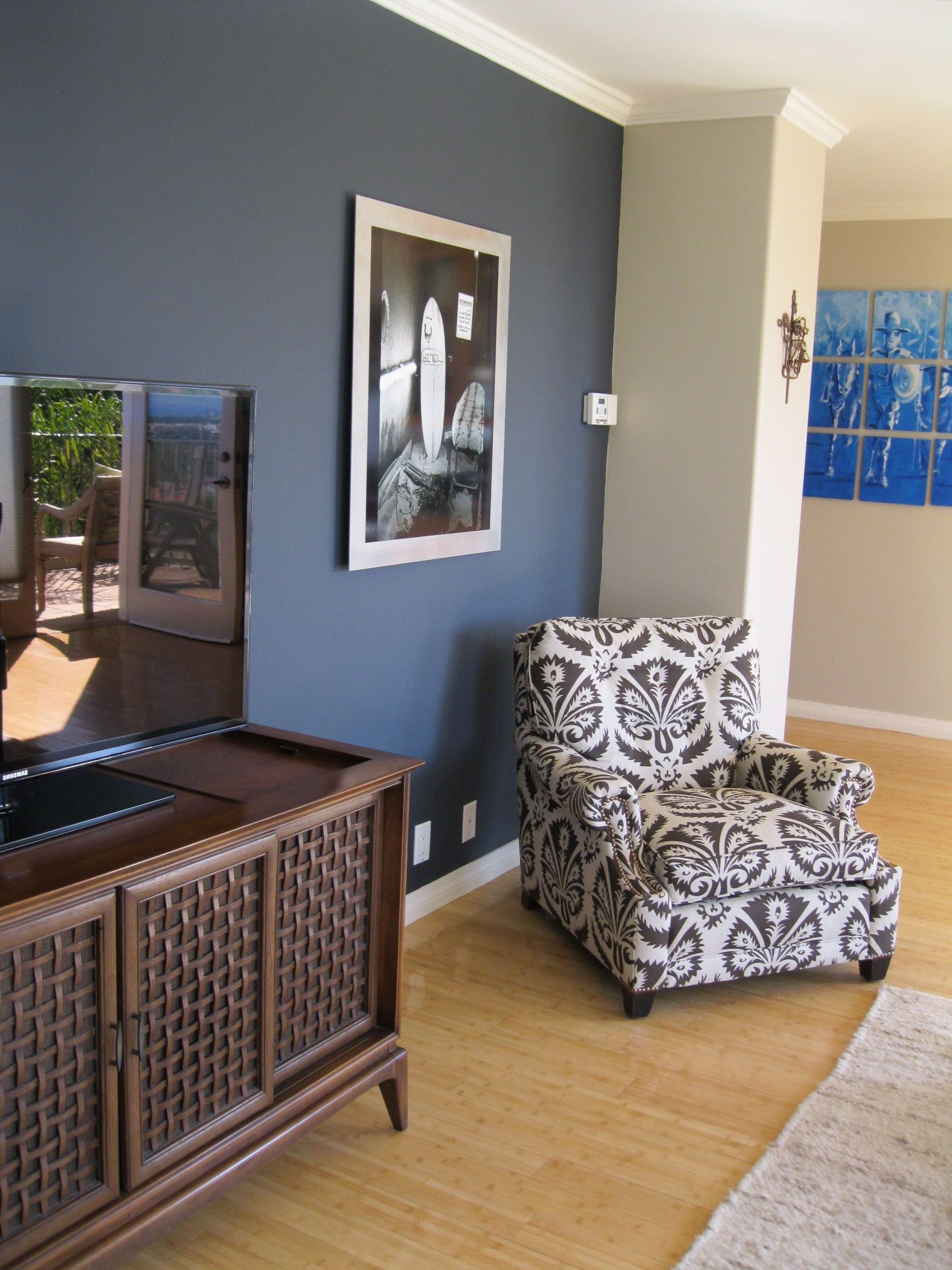


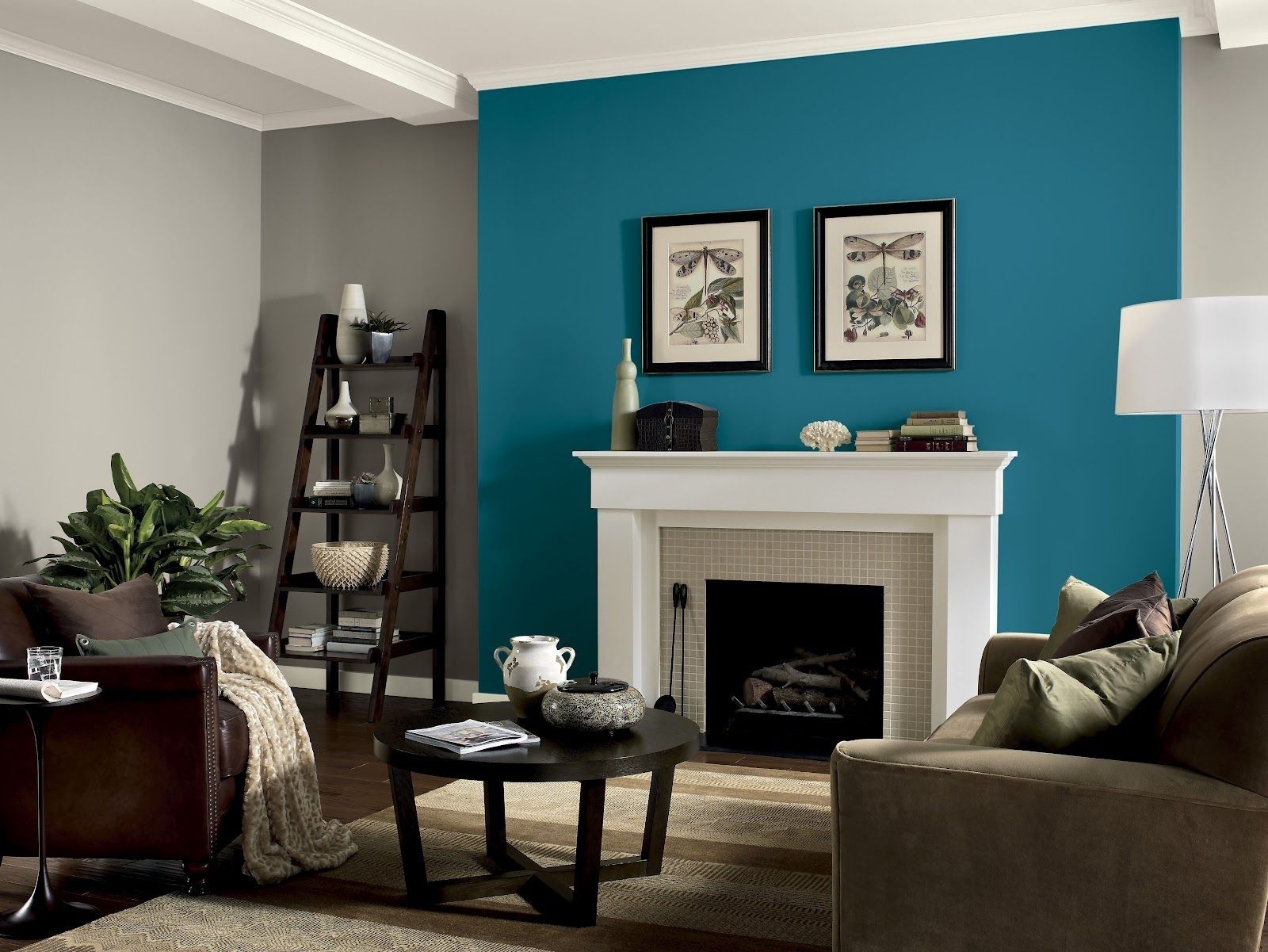
/accent-wall-58a6a5e75f9b58a3c9c80d2e.jpg)
:max_bytes(150000):strip_icc()/TraditionalDining-Purple-OA-56a192075f9b58b7d0c0bc59.jpg)
